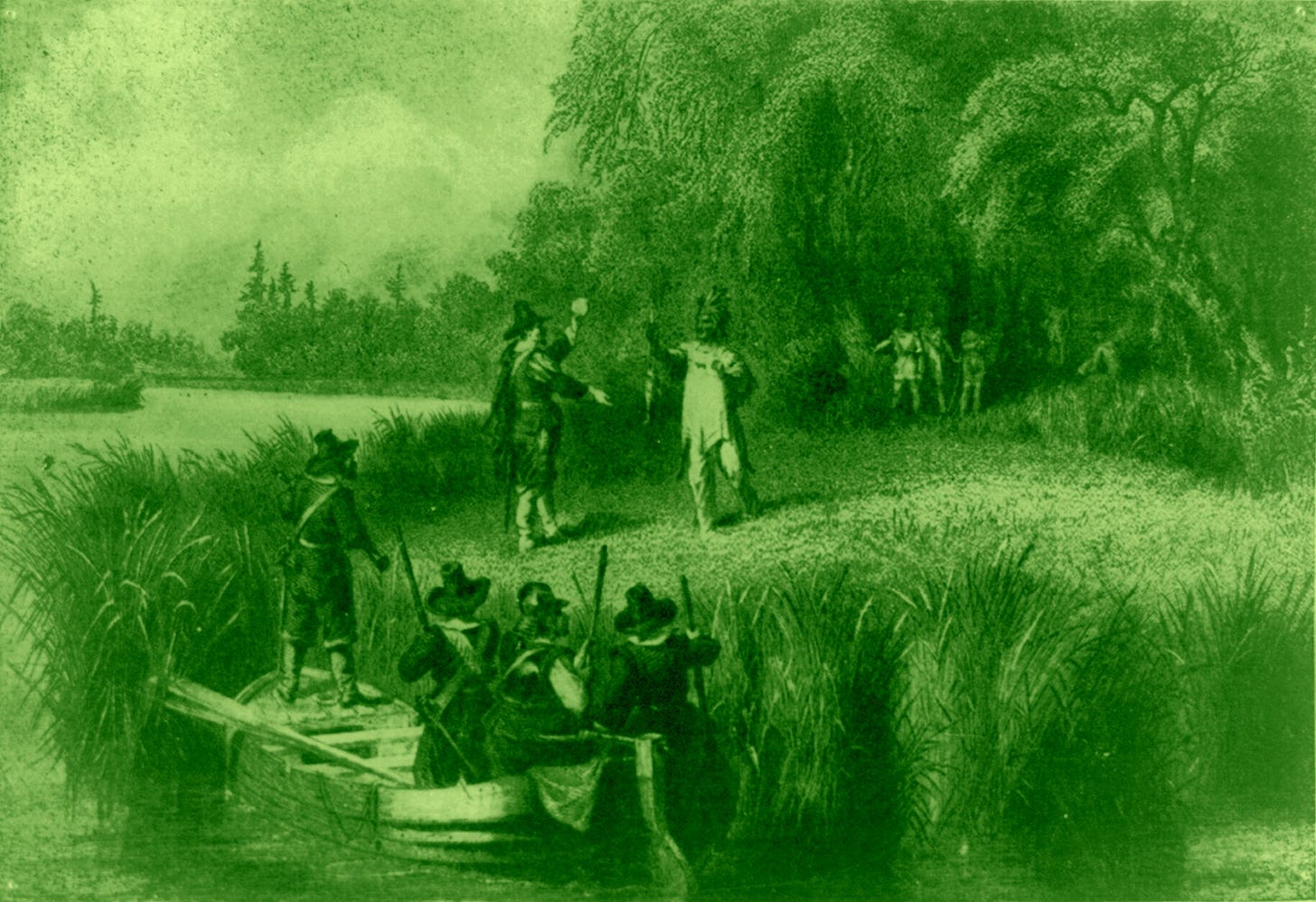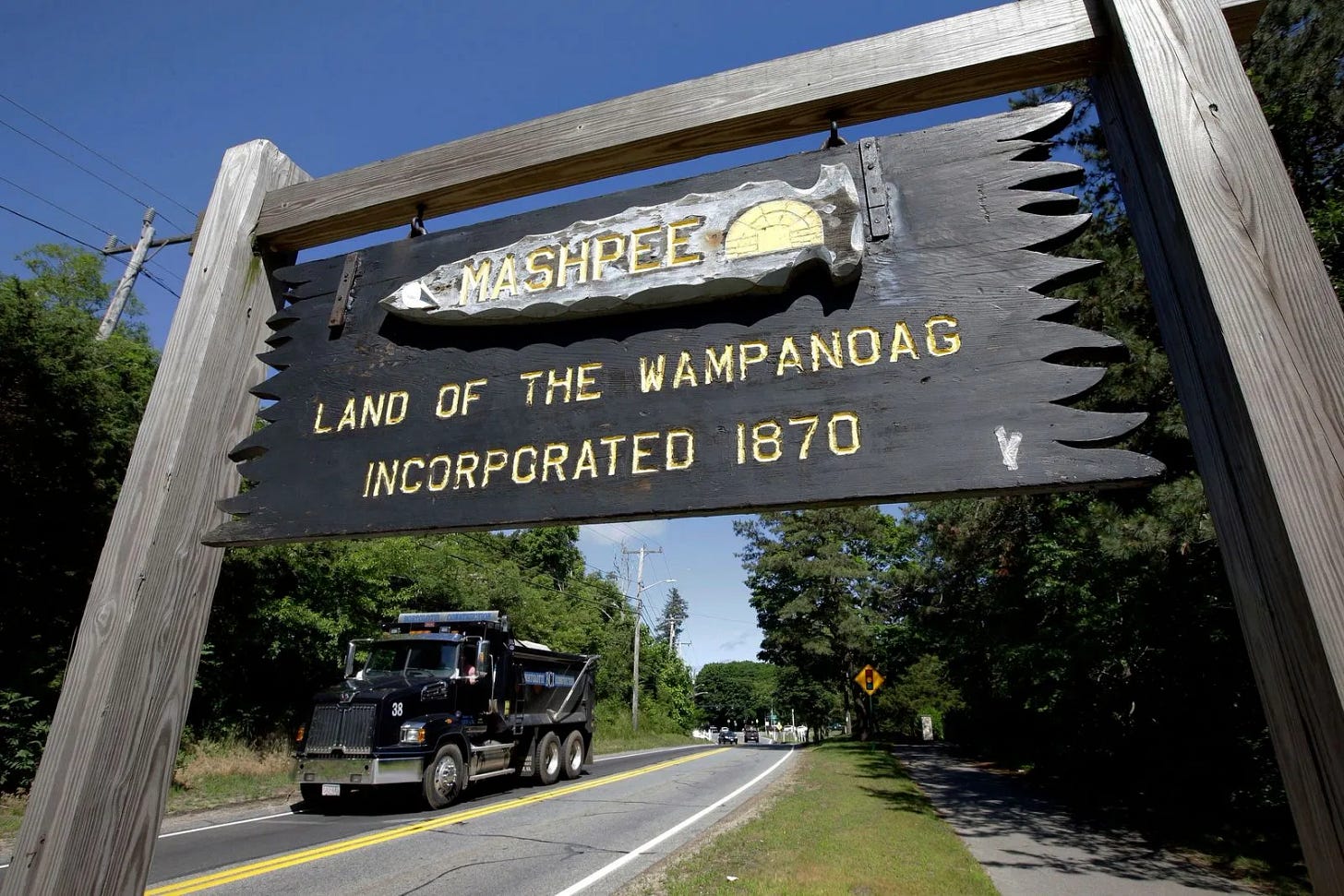Ancient Stone Mysteries of New England: Yankee Lore
A Special, Illustrated Text Version with Expanded Bonus Video
(The video version of this presentation is on YouTube)
You've likely heard the stories…
400 years ago, intrepid European settlers sailed here to the New World to break free from religious tyranny and begin new lives.
They tamed a Pristine Wilderness, barely touched by its few inhabitants, those they called “Indians” – small, nomadic, hunter-gatherer bands who lived in harmony with nature, and left it unspoiled.
These rugged settlers improved the land, bringing livestock, crops, and ideas on farming, over from Europe – clearing the landscape, and lining their pastures with hundreds of thousands of miles of stone walls.
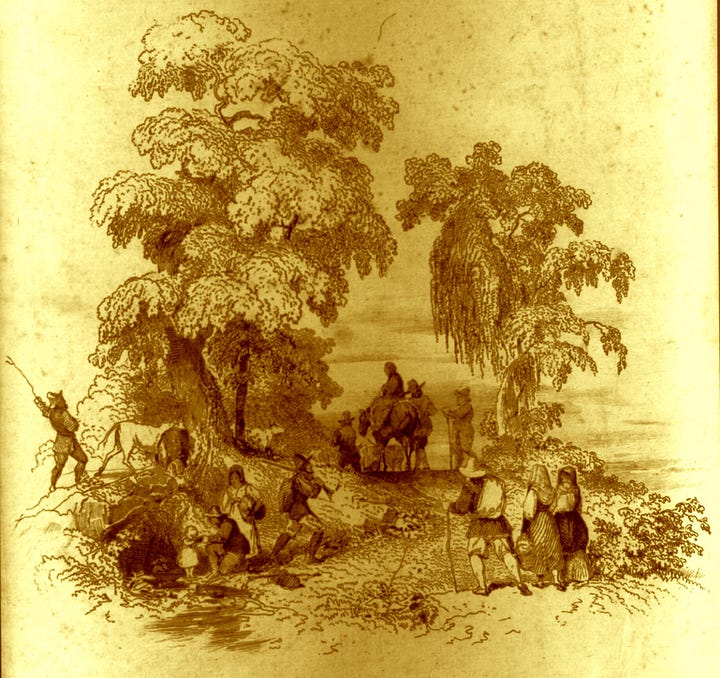
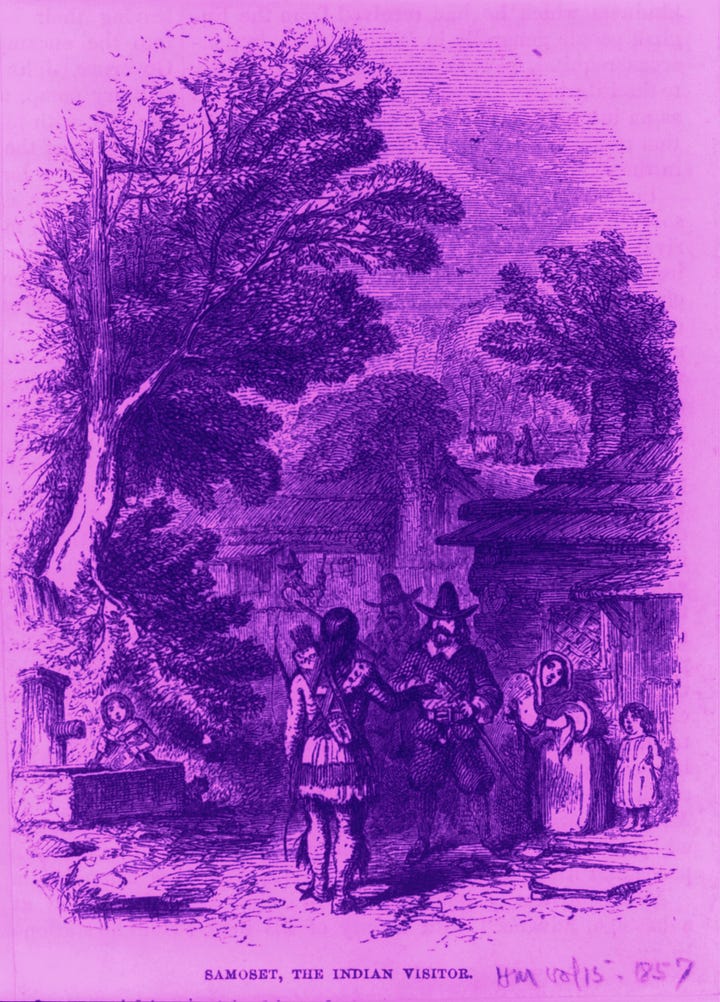
Some Indians assimilated, but most left. Their way of life incompatible with the new residents, they went out West.
That's the story.
The Yankee Lore.
But it's not exactly true.
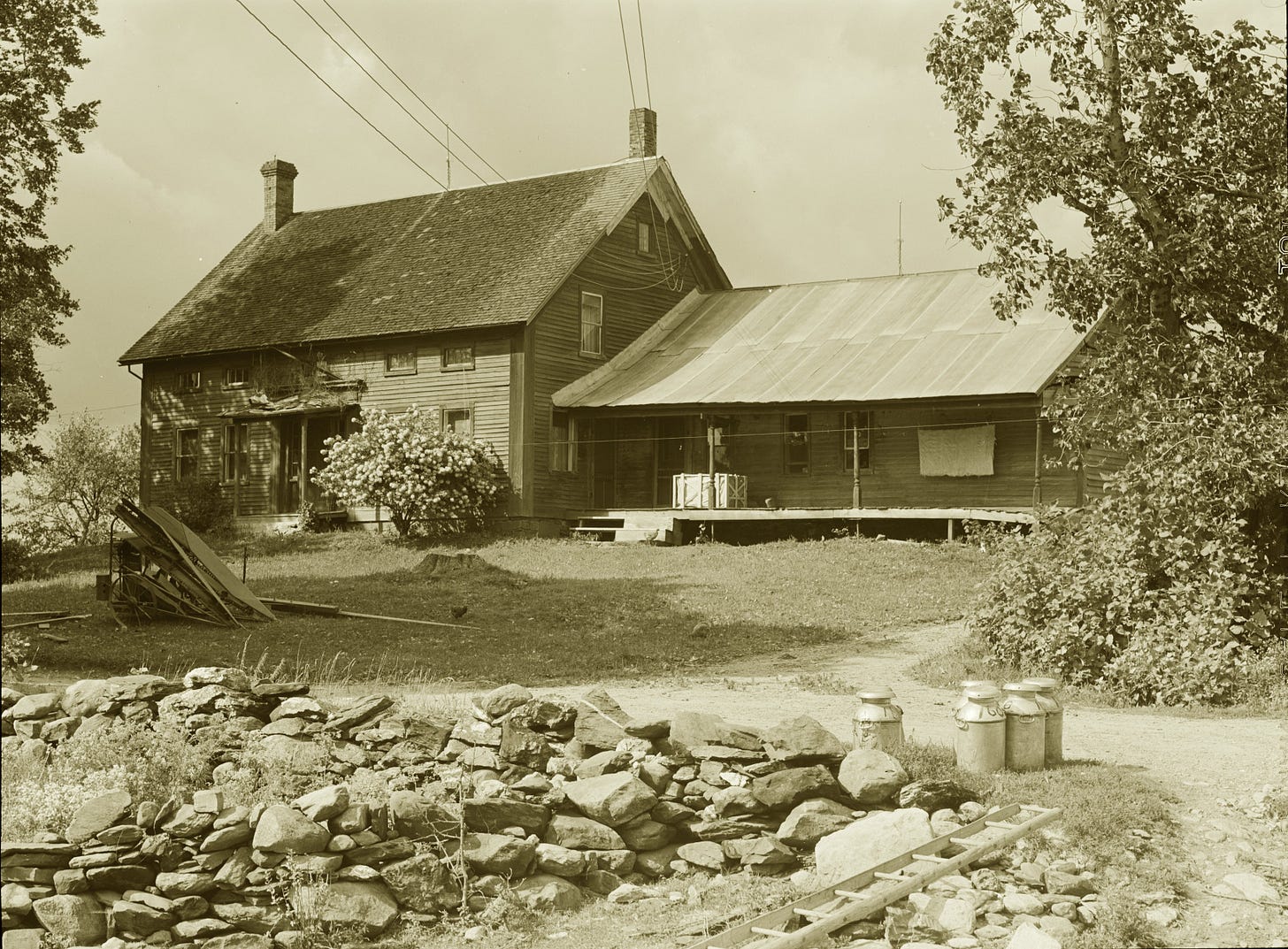
Sometimes, exploring our ancient stone mysteries of New England means relearning a little history. Occasionally, when discussing the possibility some of our old New England stonework could be ancient indigenous work, someone will stop me to say, "That's not possible. Indians around here didn't build with stone.”
It's a widely held assumption, local folklore,
Yankee Lore.
Something everybody in New England “just knows” to be true.
Except that it's not.
Exclusive to the Ancient Stone Mysteries Newsletter: Bonus Unedited Video of a Possibly Indigenous Stone Row along an old roadway in the Jericho/Richmond, Vermont area, portions of which are used in the finished video presentation. Video by Mike Luoma.
“Indians” began building with stone around here over 4,000 years ago.
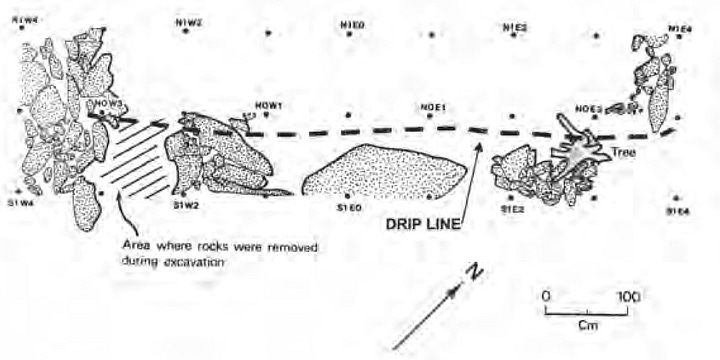
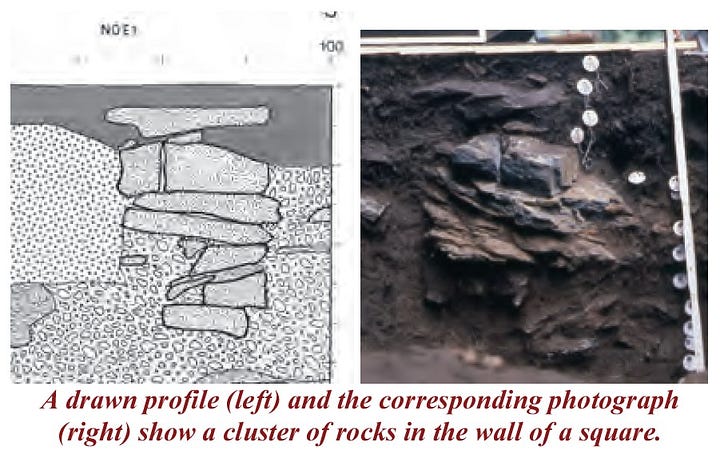
The oldest documented stone-built structure ever found in Massachusetts was a 4,000-year-old indigenous-built stone wall discovered as part of an ancient rock shelter…
And blown up to make way for a highway access road in 1980.
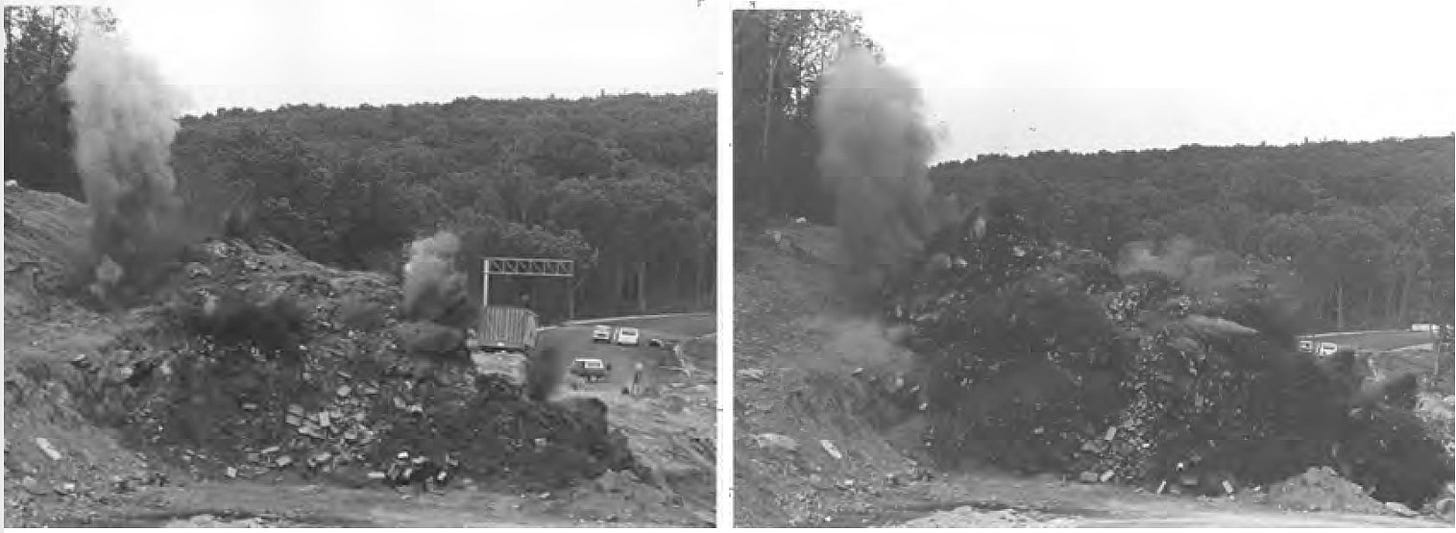
You might not have heard much about this. Not much was made of the discovery at the time.
In fact, the first public reports didn't appear until decades later.
A summary report finally came out in the Bulletin of the Massachusetts Archaeological Society in 1962, 26 years after the fact.
A report for the general public wasn't released until 2011, over 3 decades later.
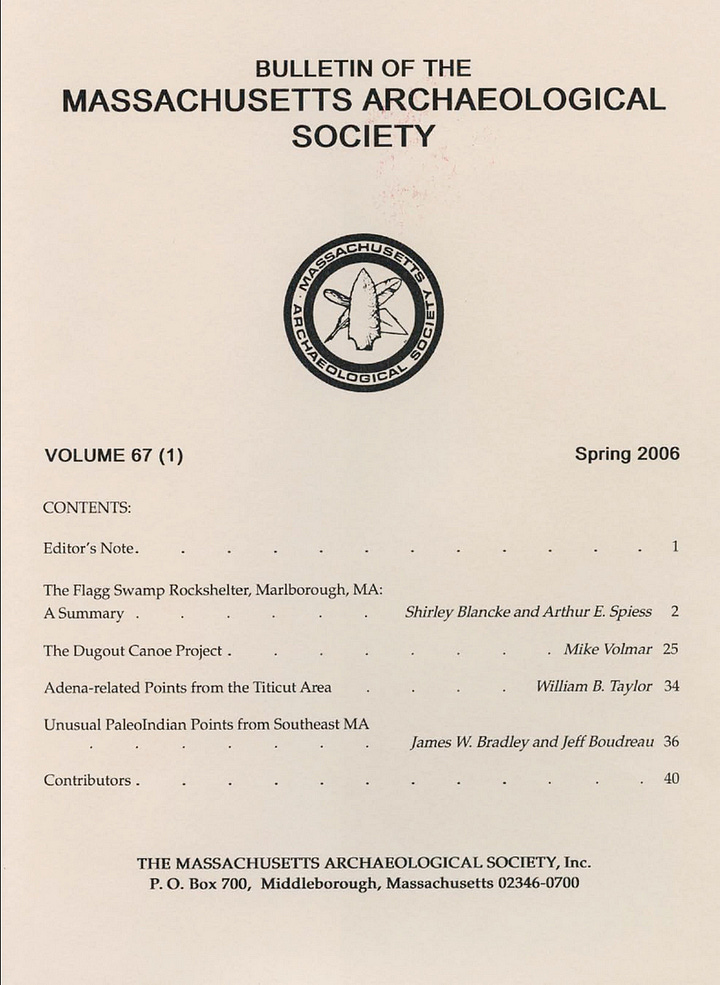
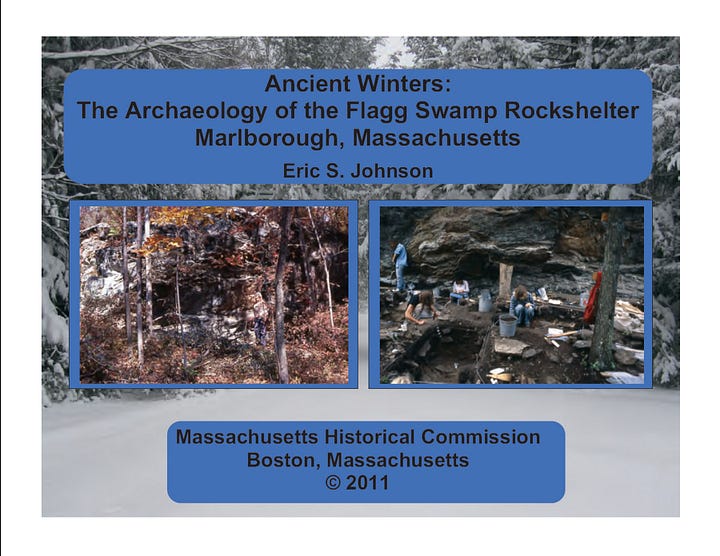
What took them so long?
Did they not want to publicize the fact "Indians around here" actually did “build with stone?”
Were they trying to avoid challenging Yankee Lore?
Yankee Lore creates a kind of cultural inertia. When “Everybody” in New England “just knows” something to be true, it becomes difficult to change that impression.
Even archaeologists don't seem to be immune…
Exclusive to the Ancient Stone Mysteries Newsletter: Bonus Footage of a Possible Indigenous Stone Row near the former location of the Flagg Swamp Rockshelter in Marlborough, Massachusetts. Much of this was used in the finished presentation, though portions were substantially obscured by the Reports’ covers. Video by Mike Luoma.
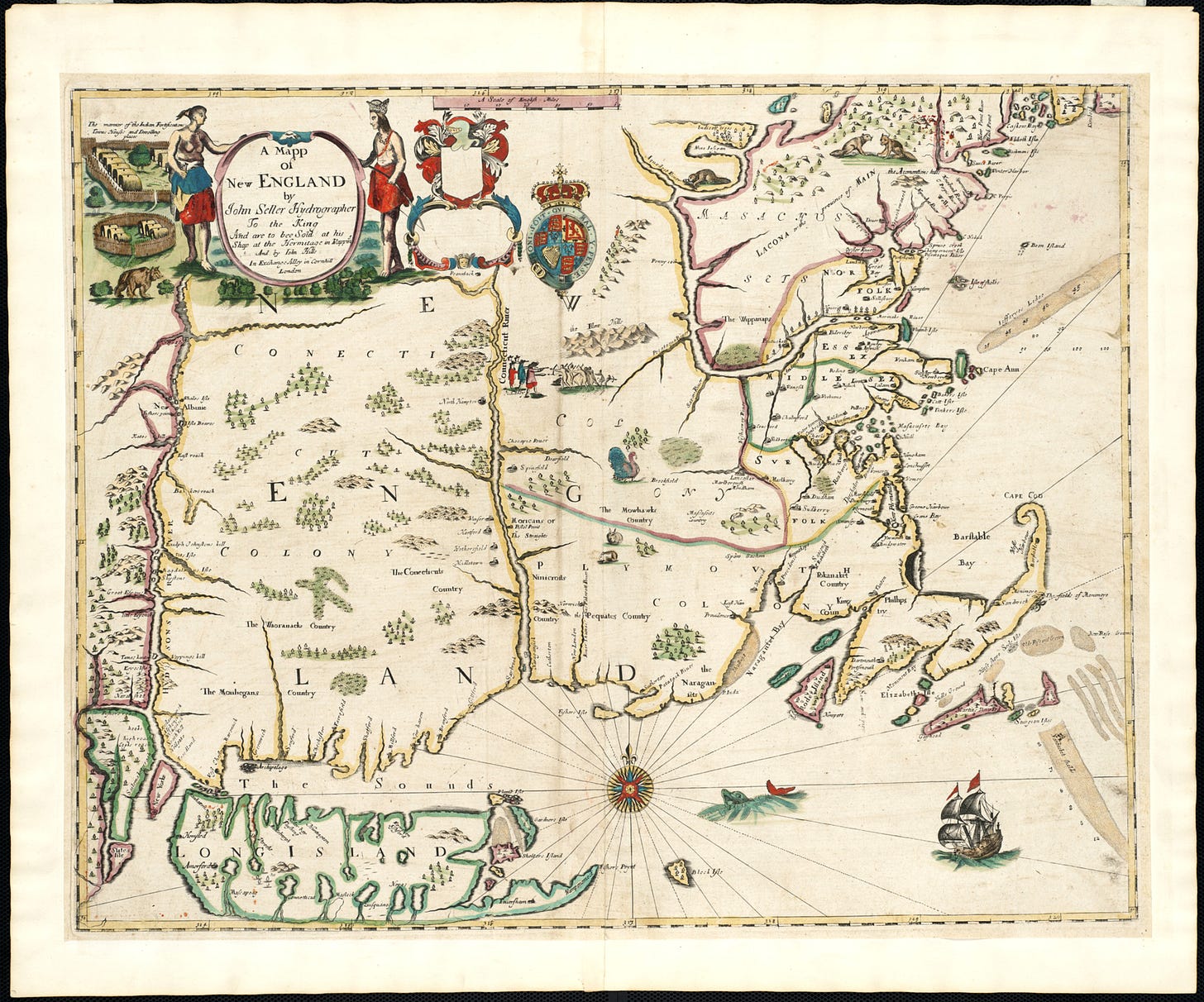
Until recently, if you grew up in New England you were steeped in Yankee Lore – in school, local culture, and society in general. This is stuff you “just know”. It can be jarring to discover that some of these stories, like the ones at the beginning, aren't really true.
Much Yankee Lore grew up in spite of history, not in support of it.
These are stories we told ourselves about ourselves — and our past — to make us feel better about ourselves and our outcomes.
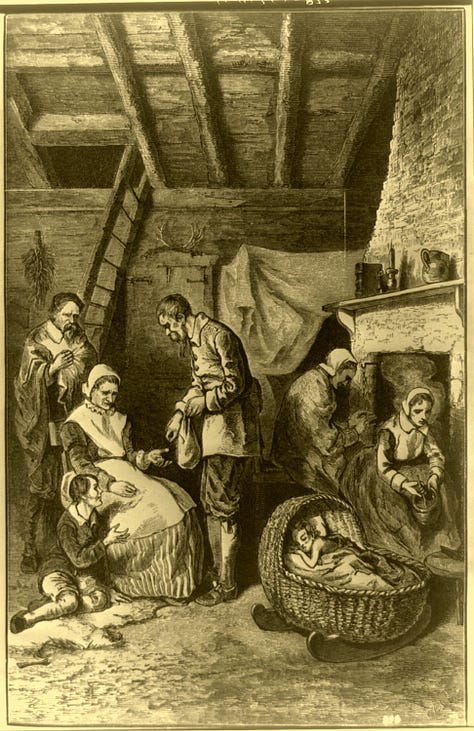
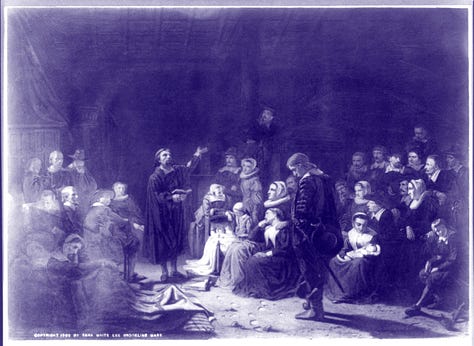
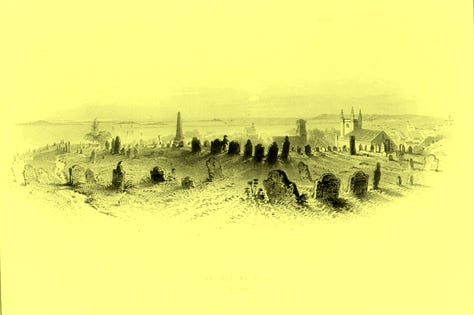
Yankee ingenuity gets read back into and through a version of the past where our current reality is seen as the inevitable outcome of providential progress created by ingenious Yankee settlers.
And so, Jamestown and the commercial conquests of Virginia…
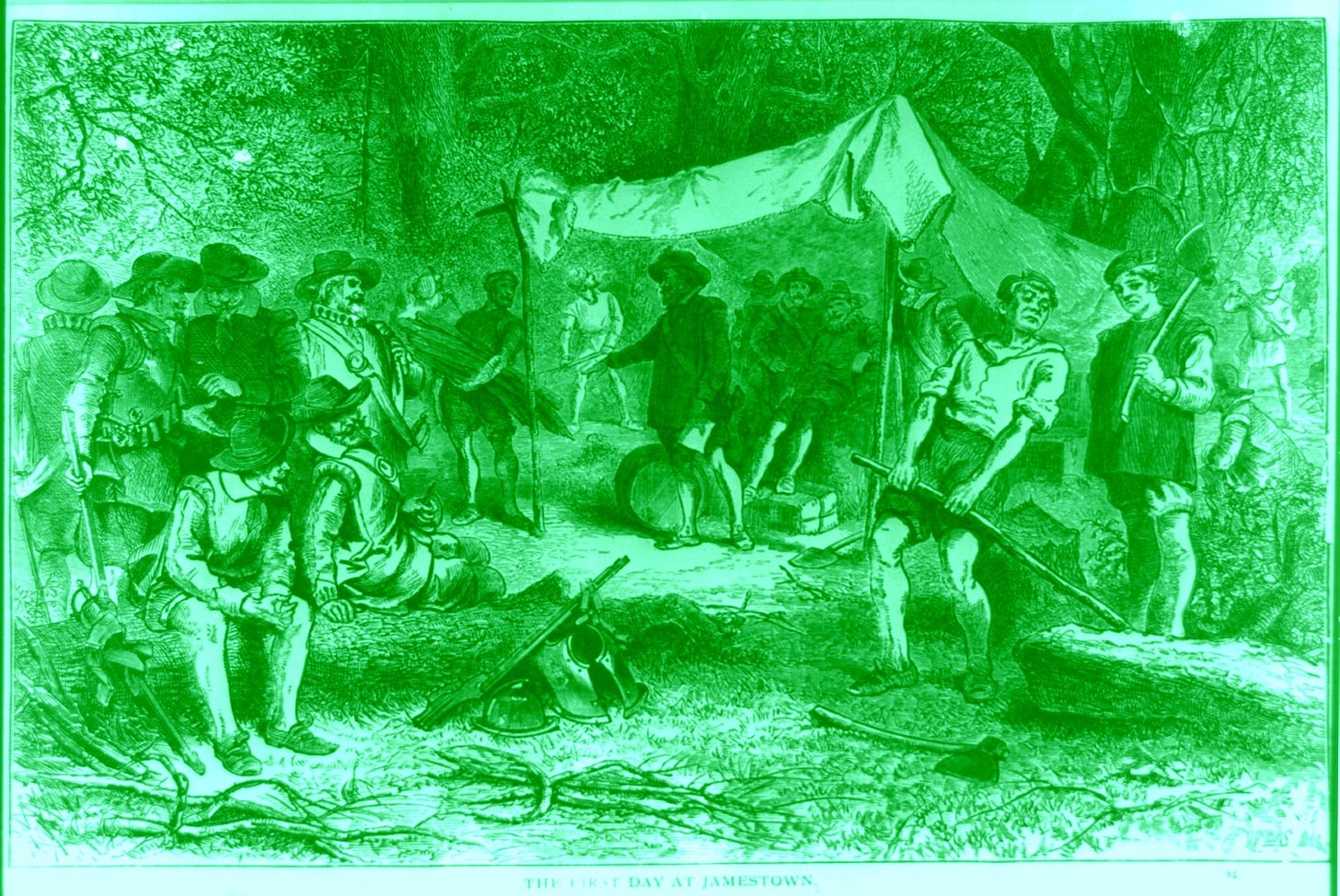
Spanish invasions and takeovers to the South and West…
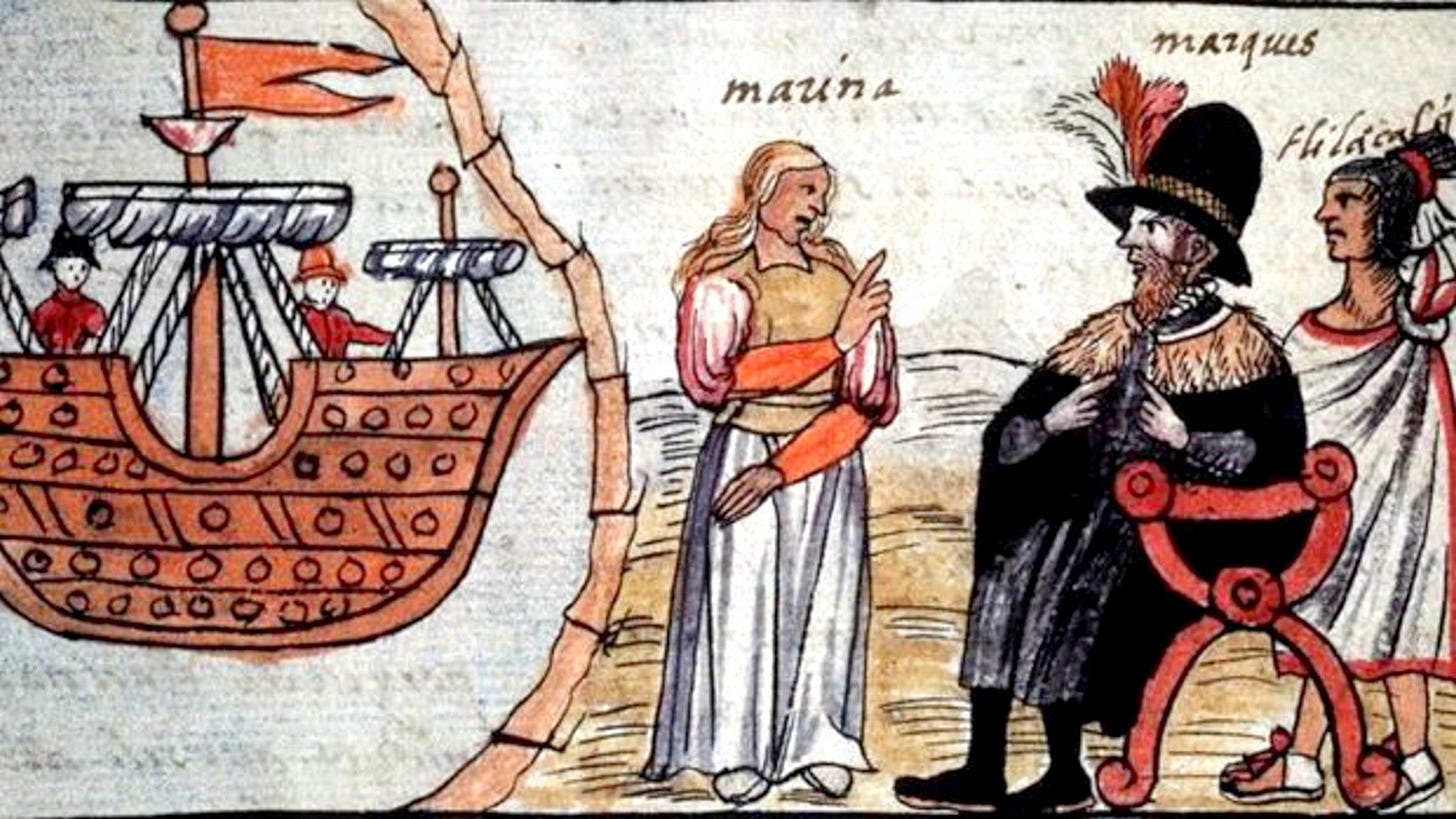
Even the fact the pilgrims were only half the people on the Mayflower…
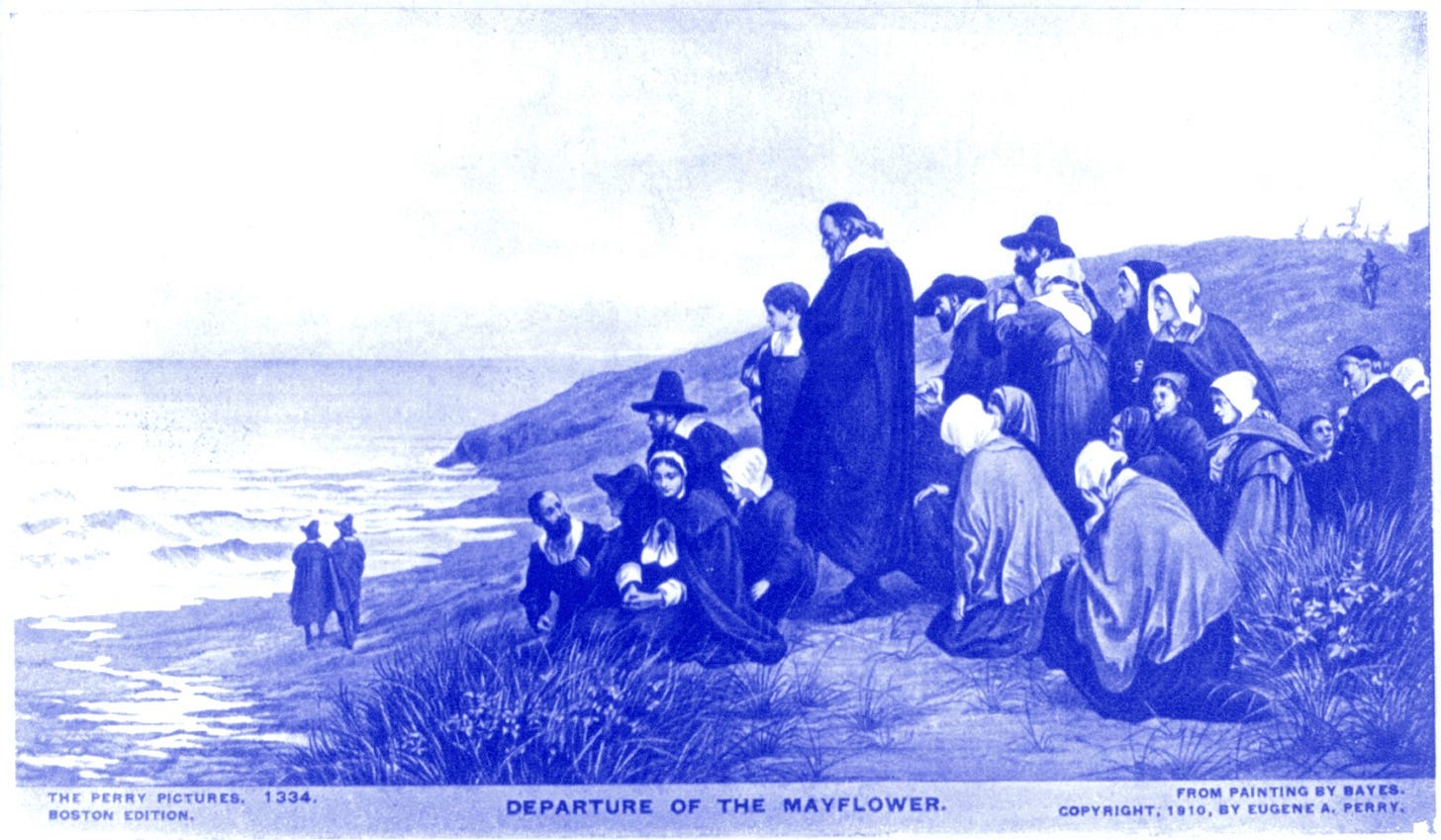
All of these are downplayed. And fleeing tyranny, religious and otherwise, over-exaggerated.
Truth is, most Europeans came to this continent to harvest resources and make money, to claim land when there was no land for them back in Europe.
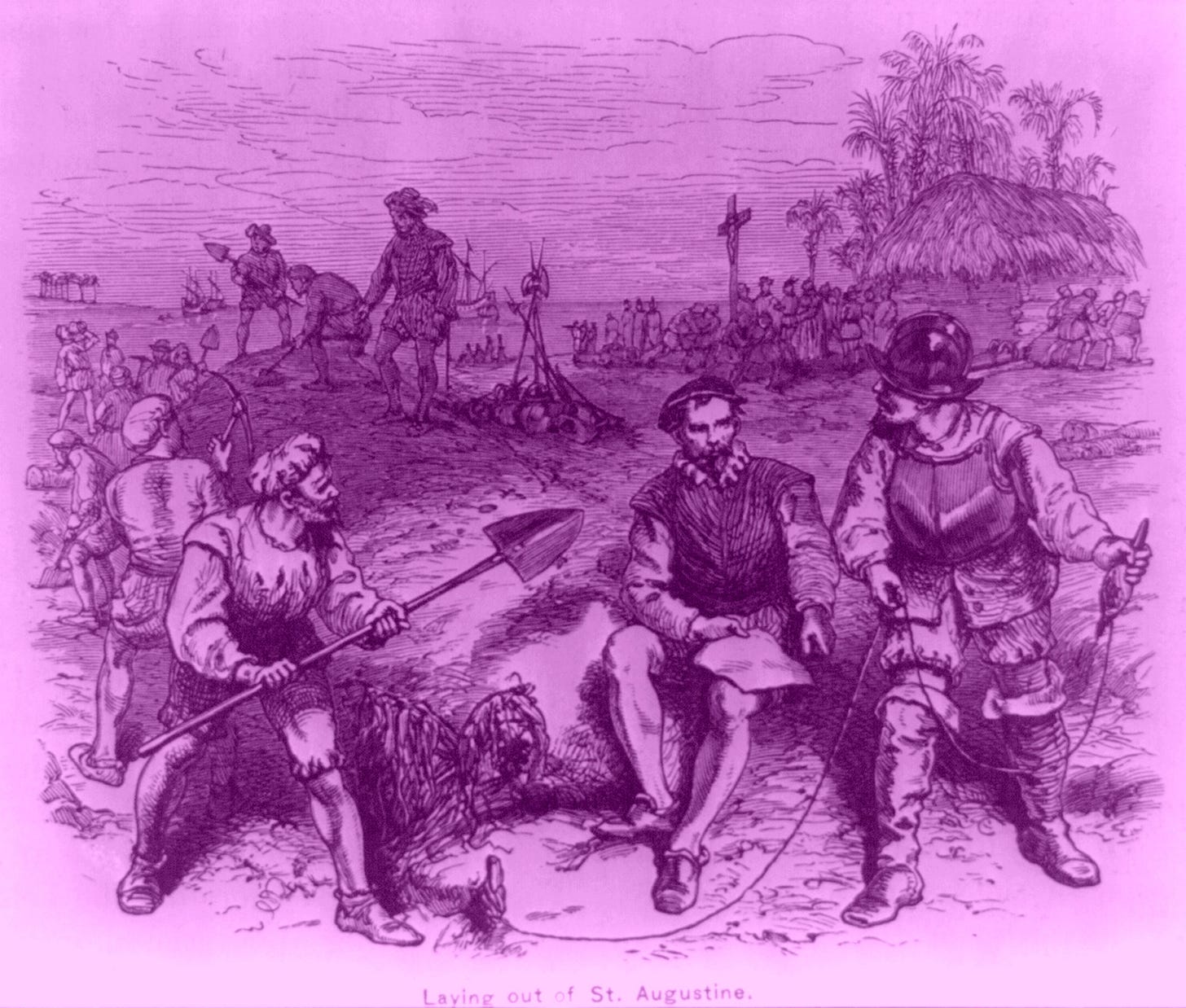
When some of these aspects were brought out with the 400th anniversary of the Pilgrims landing at Plymouth, they were met with public backlash… thanks to the power of Yankee Lore.
Challenging it can sometimes be seen as cultural heresy…

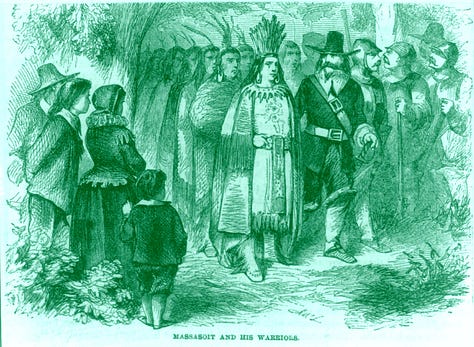

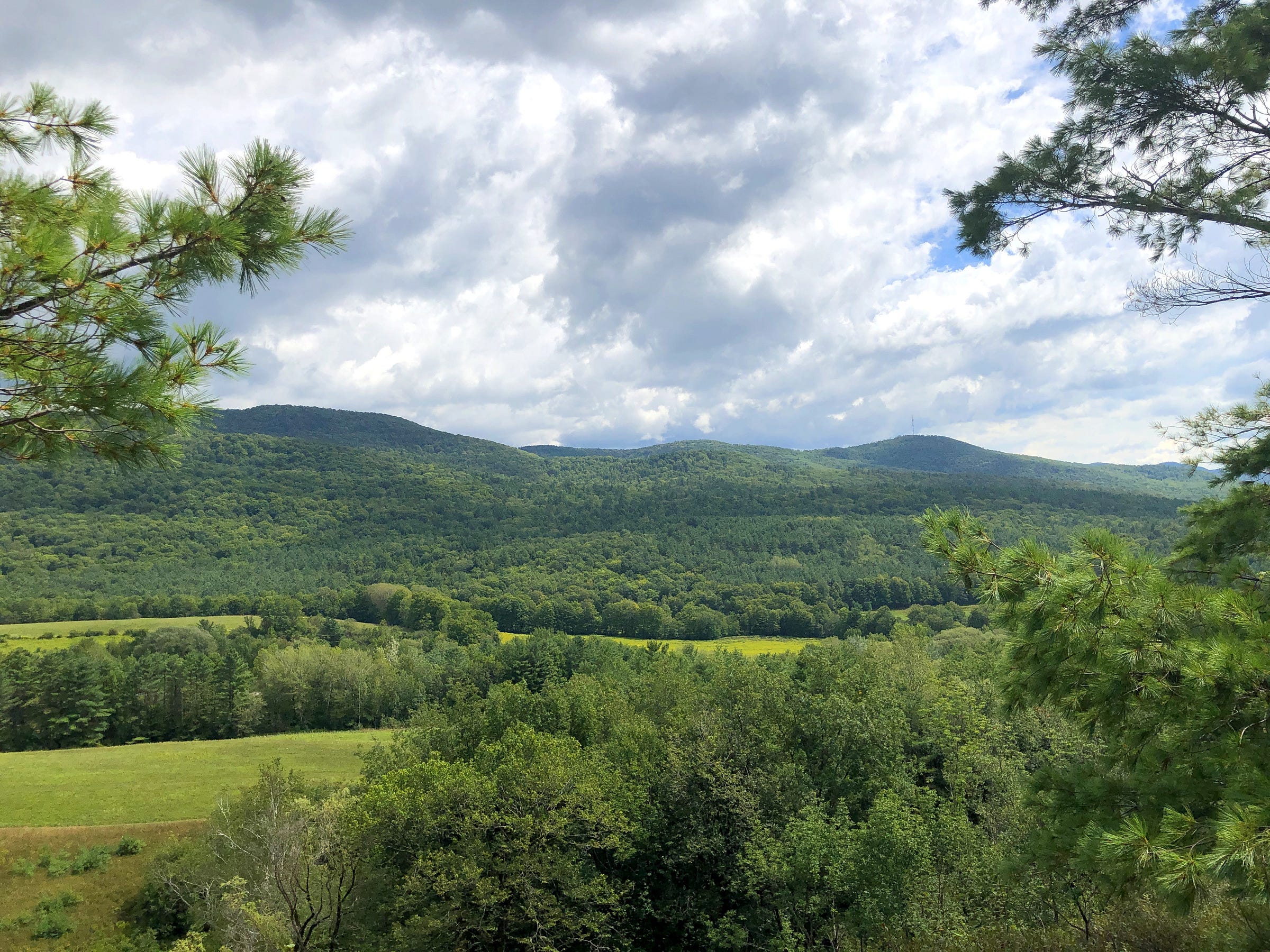
The idea of the Pristine Wilderness is a good example of the power of Yankee Lore. That's why it's included as part of the opening stories.
Turns out, it's completely false – there was no pristine wilderness.
That's Yankee Lore that grew up when the once-curated forests and gardens of the northeast began to grow wild with the demise and departure of their Indigenous tenders.
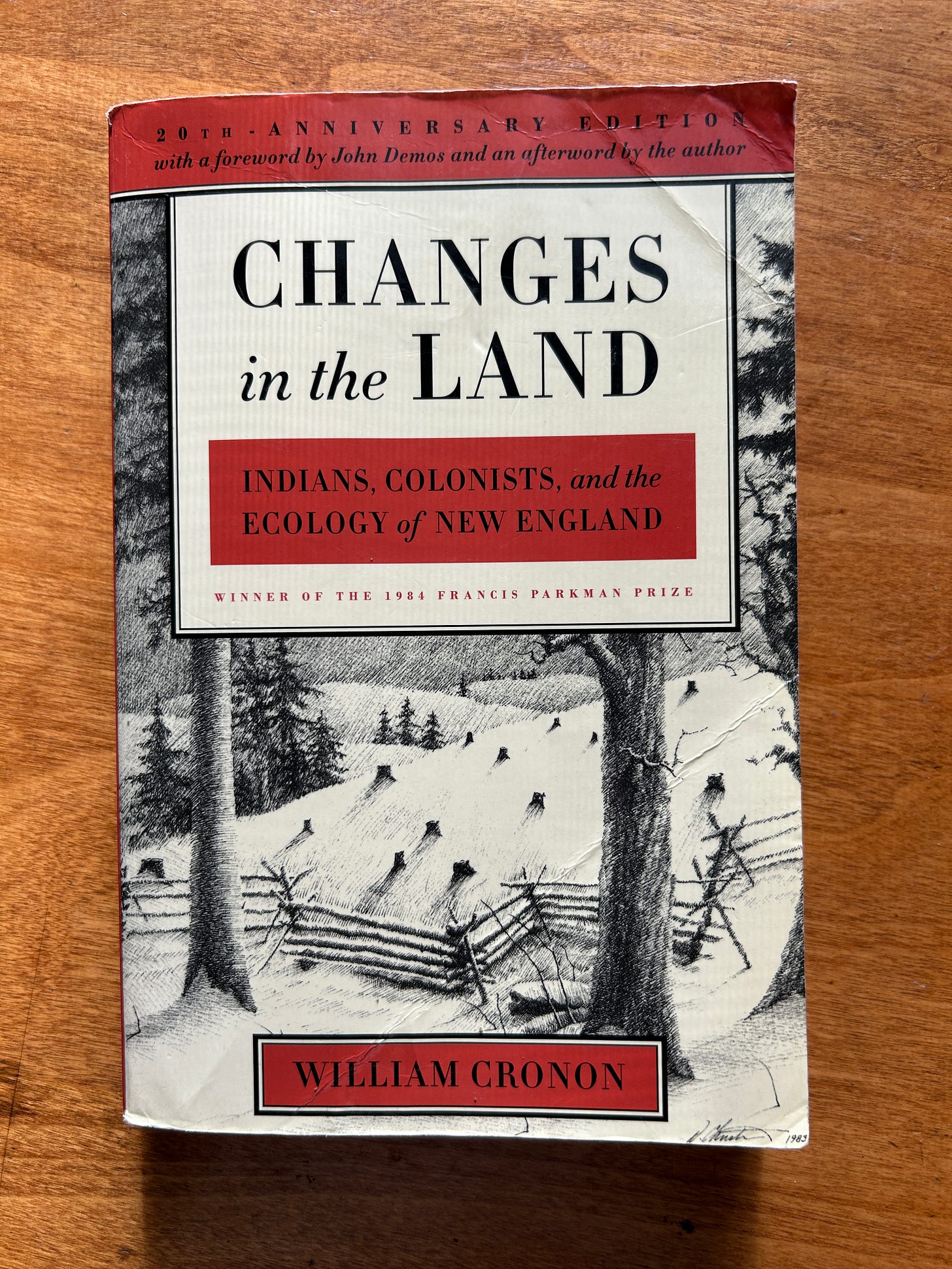
If you grew up hearing about the great forest primeval, it can be jarring to read scholar William Cronon's revelation this was not “a wilderness which had existed for eons uninfluenced by human hands,” in his 1983 book, Changes in the Land: Indians, Colonists, and the Ecology of New England. Instead, “Nothing could be further from the truth,” he tells us.
20 years later, in his 2005 bestseller 1491: New Revelations of the Americas Before Columbus, Charles C. Mann observed that Indigenous people were a “keystone species” in the ecology, “Annually burning undergrowth, clearing and replanting forests, building canals and raising fields, hunting bison and netting salmon, growing maize (and) the Eastern Agricultural Complex. Native Americans had been managing their environment for thousands of years… But all these efforts required close, continual oversight.”
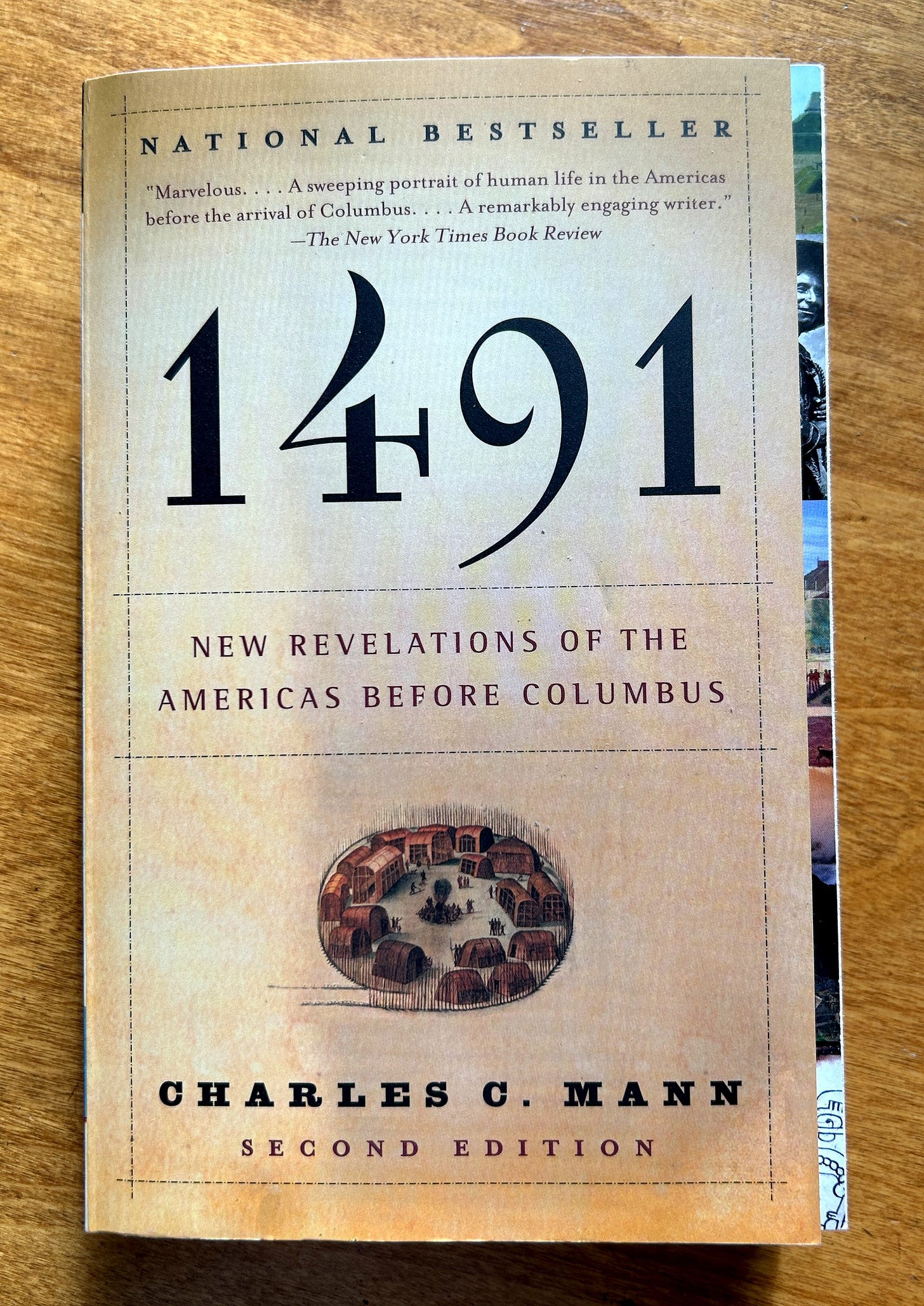
Their loss resulted in a “significant shift in the composition of the ecological community.”
In his 2012 history, The First Frontier: The Forgotten History of Struggle, Savagery, & Endurance in Early America, Scott Weidensaul notes “that the land of the First Frontier co-evolved with humans and their ready ally, the flame. If there ever was a ‘balance of nature’ in the East, it was a case of natural systems finding some measure of equilibrium amid the pressures of hunting, agriculture and fire as practiced by more than a million hungry, busy human beings.”
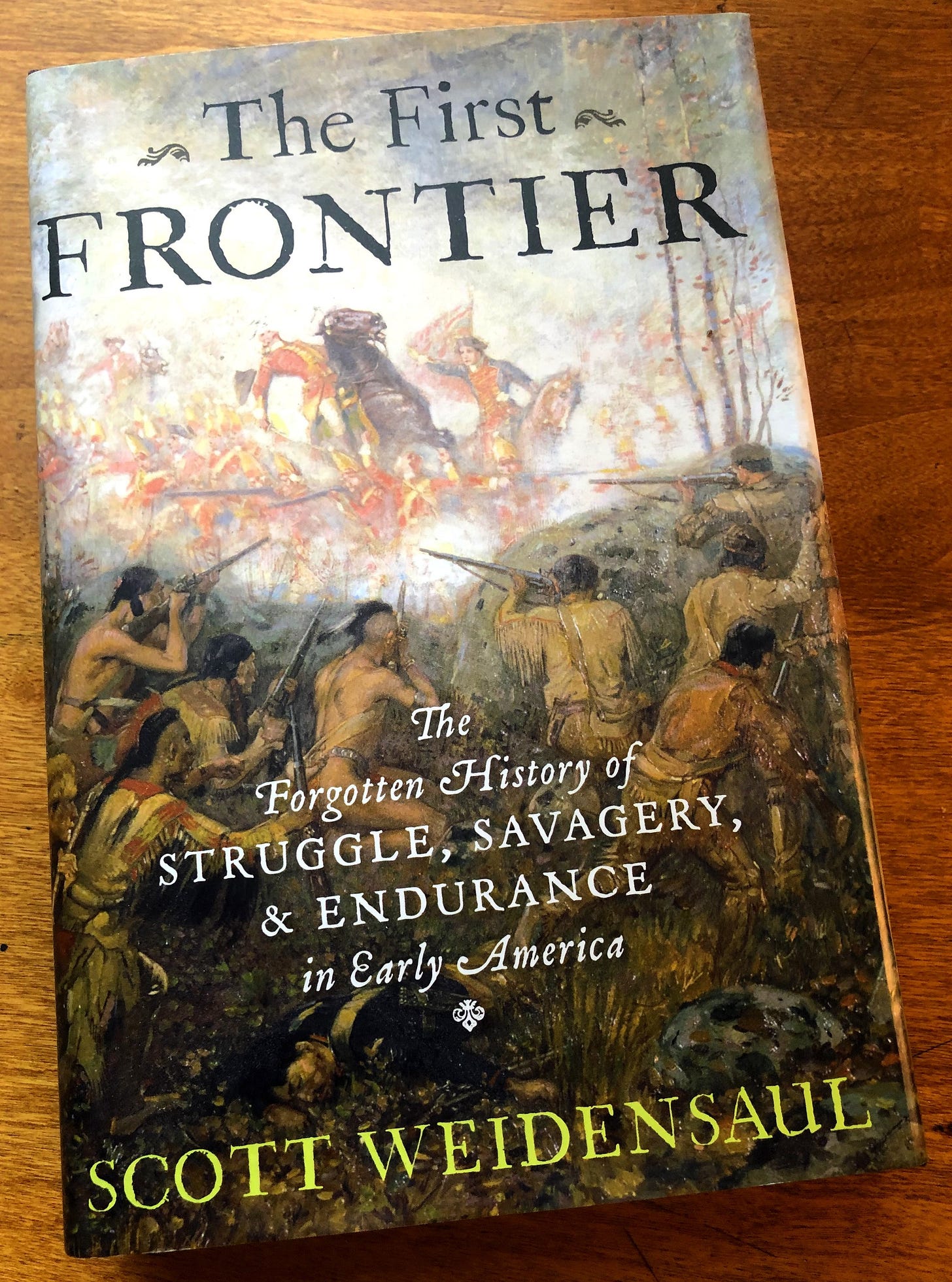
There were a lot more people here than Yankee Lore admits.
Weidensaul writes, “Recent estimates put the pre-colonial population at 3.8 million people, with as many as a million of them living between the Appalachians and the Atlantic. Some scholars put the population at almost twice that.”
So, lots of people here.
No pristine wilderness.
That whole idea actually came later.
The first explorers here “described delightfully open, park-like woods, free of undergrowth, intermixed with wide grasslands and savannas—a mosaic of habitats. It now seems clear these were created and maintained with fire.”
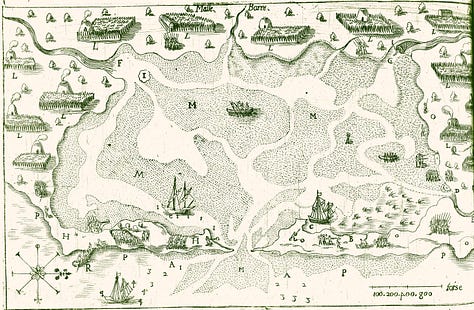
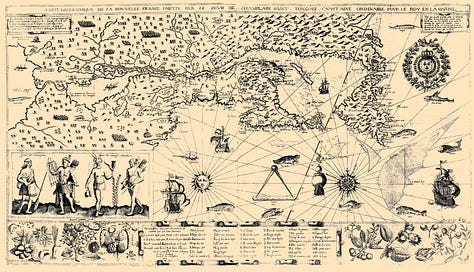
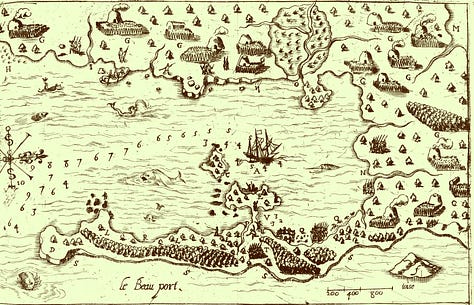
Weidensaul cites Giovanni de Verrazano in 1524, the Reverend John Brereton on Martha's Vineyard in 1602, William Strachey in Maine in 1607, John Smith in Virginia at about the same time, and more early eyewitnesses to this tended, curated landscape.

Ceremonial Stone Landscape researcher Tim MacSweeney builds on our updated knowledge and suggests the agricultural fires of the indigenous might have been controlled using stone-built fire breaks—stone rows – potentially, Serpent Effigy Rows.
Exclusive to the Ancient Stone Mysteries Newsletter: Bonus Raw Field Footage of a Possible Indigenous Stone Row near the Indian Brook Reservoir in Essex, Vermont. Just under ten seconds of this two-minute, twenty-second footage was used in the finished presentation. Video by Mike Luoma.
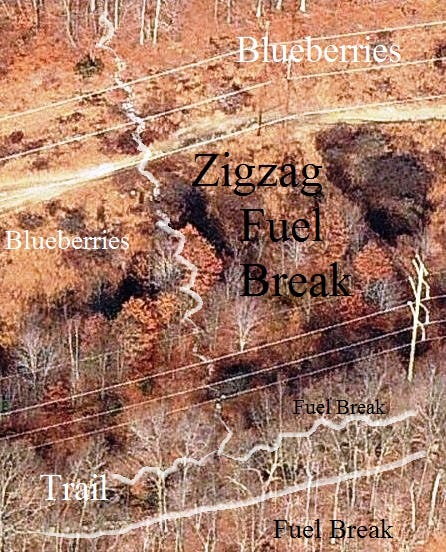
Known best for his blog, Waking Up on Turtle Island, MacSweeney envisions an extensive amount of indigenous stonework on the landscape, thousands of years of work and hundreds of thousands of miles of stone rows, much of which is now mistaken for later settlers' work.
Exclusive to the Ancient Stone Mysteries Newsletter: Bonus Raw Field Footage of a Possible Indigenous Stone Row in the Manitou Hassanash Preserve in Hopkinton, Rhode Island. Under half of this twenty-seven-seconds of footage was used in the finished presentation. Video by Mike Luoma.
Thanks to the dig at the Flagg Swamp Rockshelter in Marlborough, Massachusetts, we know Indigenous people in what's now New England have been building with stone for over 4,000 years. Constructing stone rows to keep flames in check seems a logical development in controlling their surroundings.
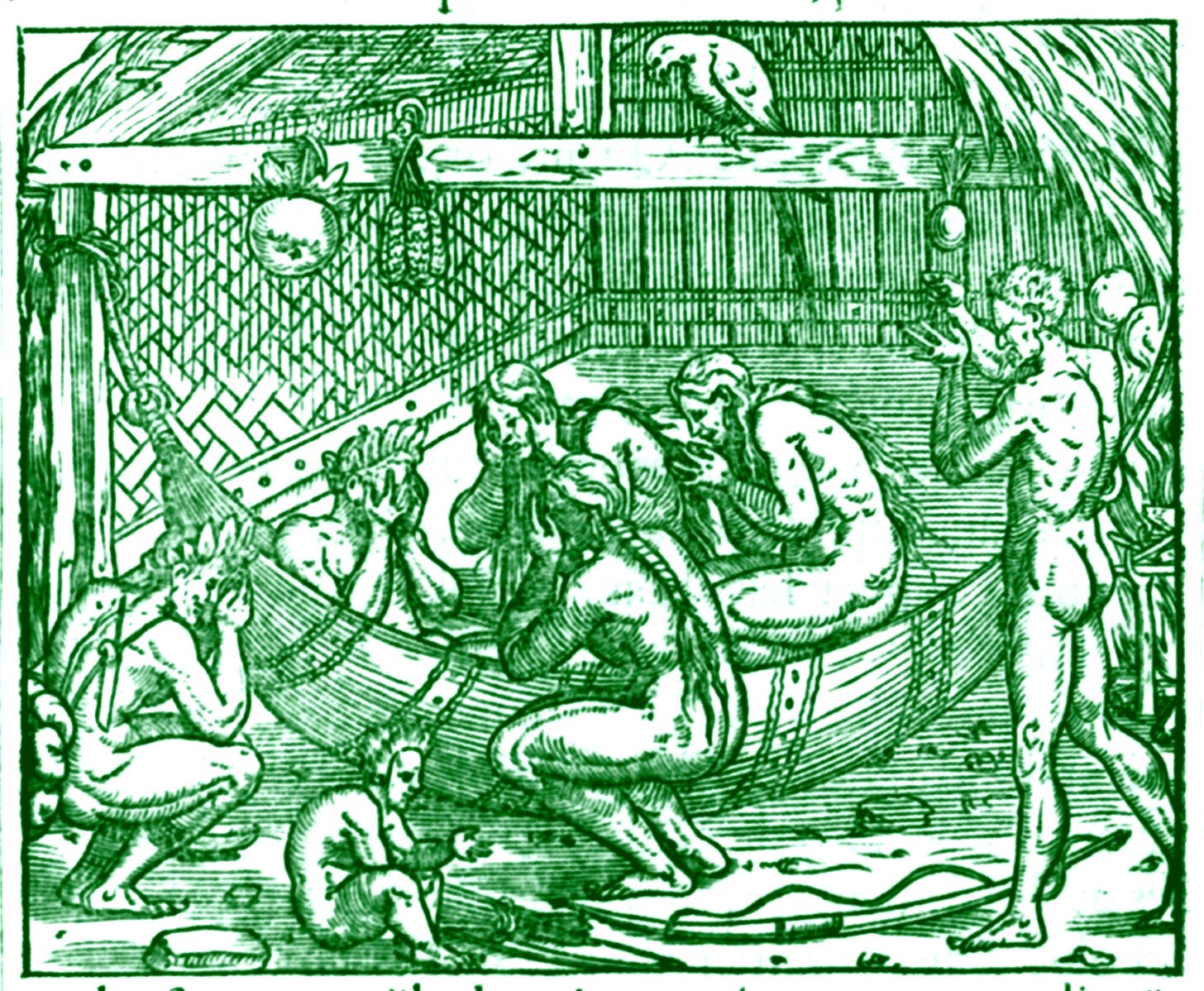
With the arrival of Europeans, indigenous landscape curation practices were brought to an end in the northeast. Through over a century of exploration and trade post-Columbus, European sicknesses killed many Indigenous people, who had little to no immunity built up against them.
One particularly virulent disease wiped out about 90% of Indigenous populations along the northeast coast in the decade just prior to the Pilgrims' arrival.
Some tribes still call this The Great Dying.

King James of England called it a “Wonderful Plague.”
The Puritans saw it as a blessing. "The Lord hath cleared our title to what we possess," Governor John Winthrop of Massachusetts wrote in 1633.
Early settlers weren't “taming the land” so much as taking over mostly emptied villages and abandoned planting fields. Though, to be fair, some of these places had to be cleared of corpses. Marlborough, Massachusetts, tells such stories on the city's website. Indigenous survivors were said to have called it Whipsuppenike, "place of great or sudden death or dying."
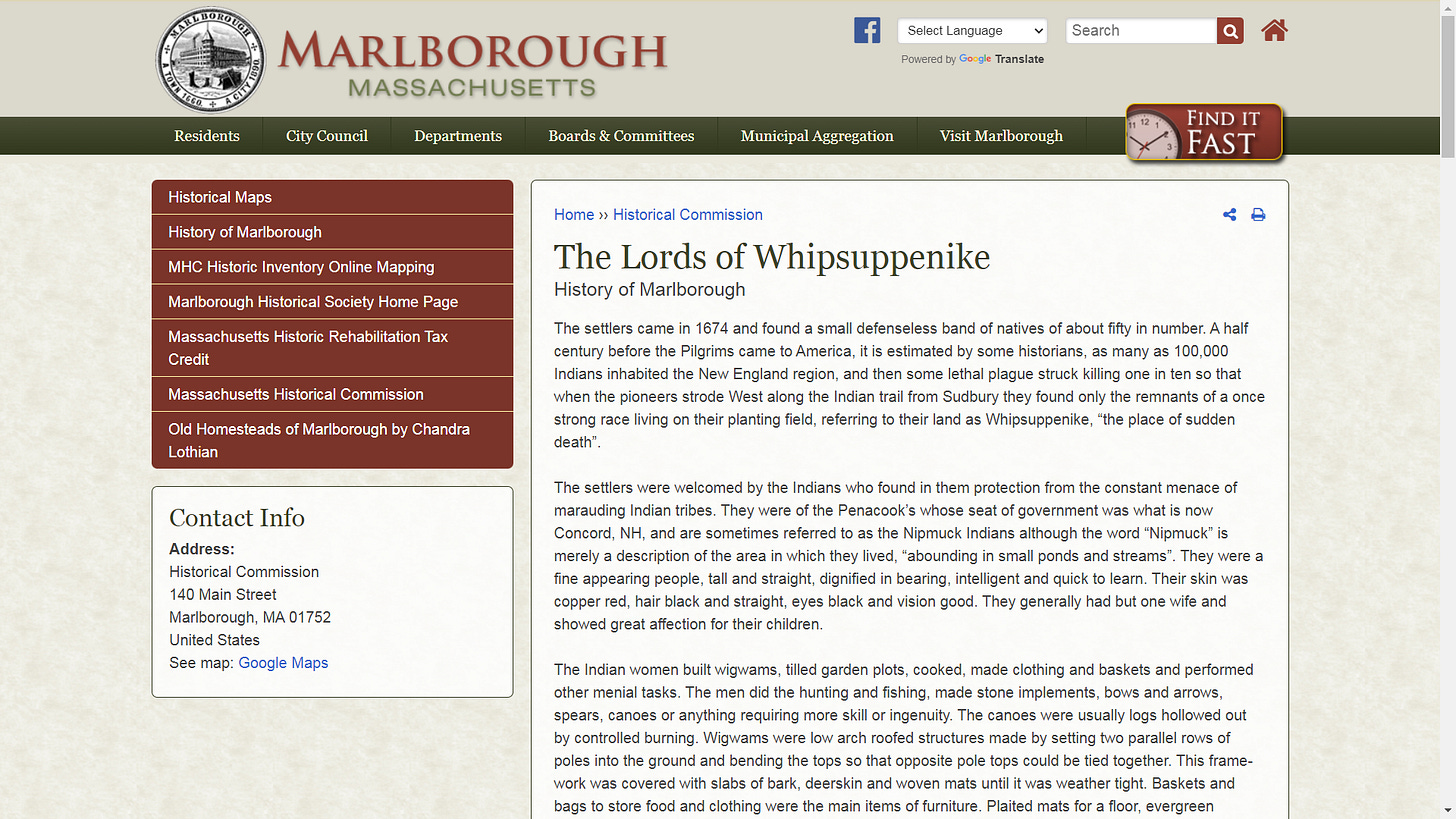
The extent of actual abandonment was likely exaggerated and may have been helped along, as it were. Early settlers' accounts often include indigenous survivors still around.
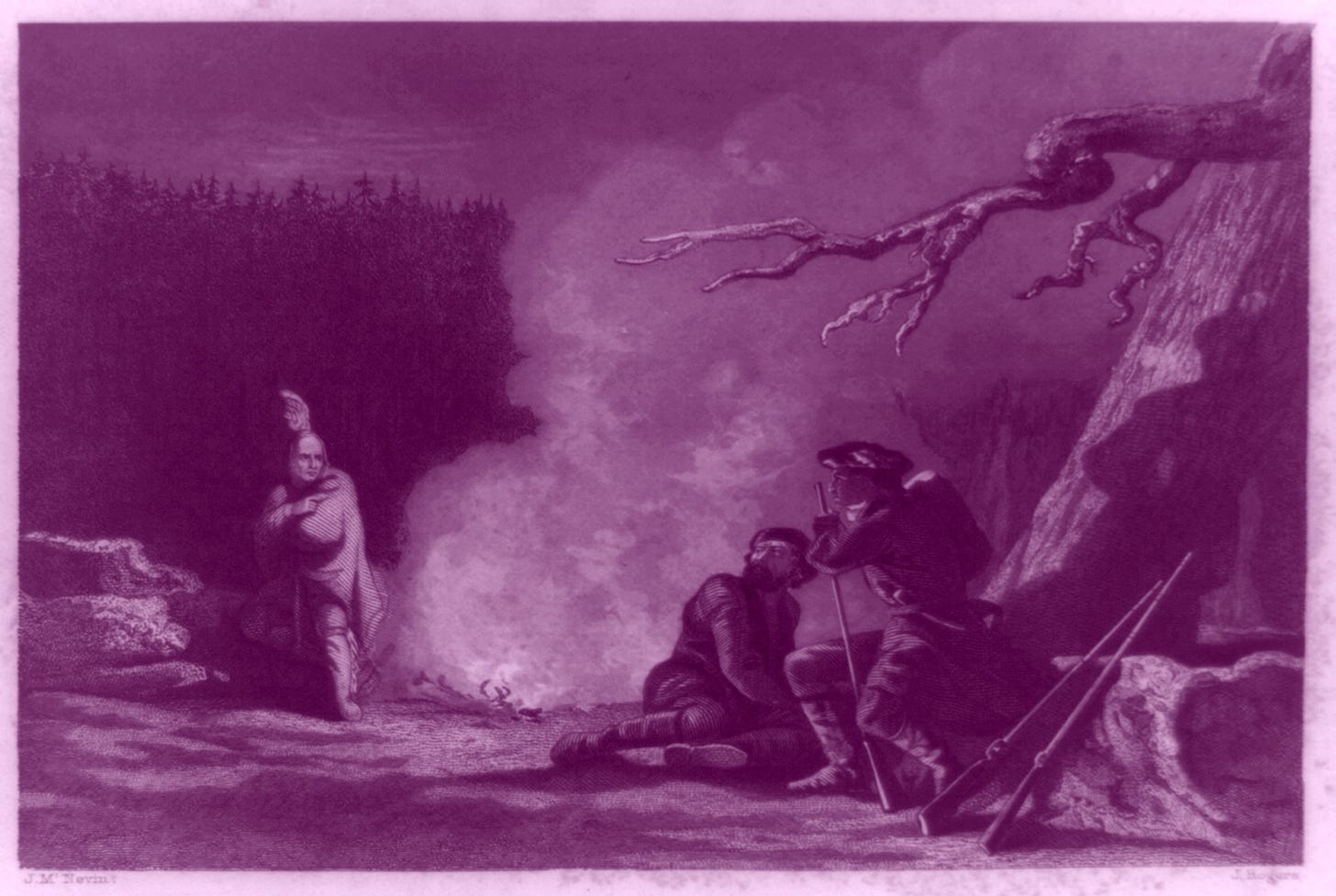
As the evidence provided by Mann, Cronon, and others shows, the careful curation of the landscape came to an end. Invasive and native species began to run amok, their growth freed from constraints by the disappearance of their indigenous caretakers. This was like a garden gone to seed. “The forest that later settlers thought was primeval and enduring was actually in the midst of violent change and demographic collapse,” according to Mann.
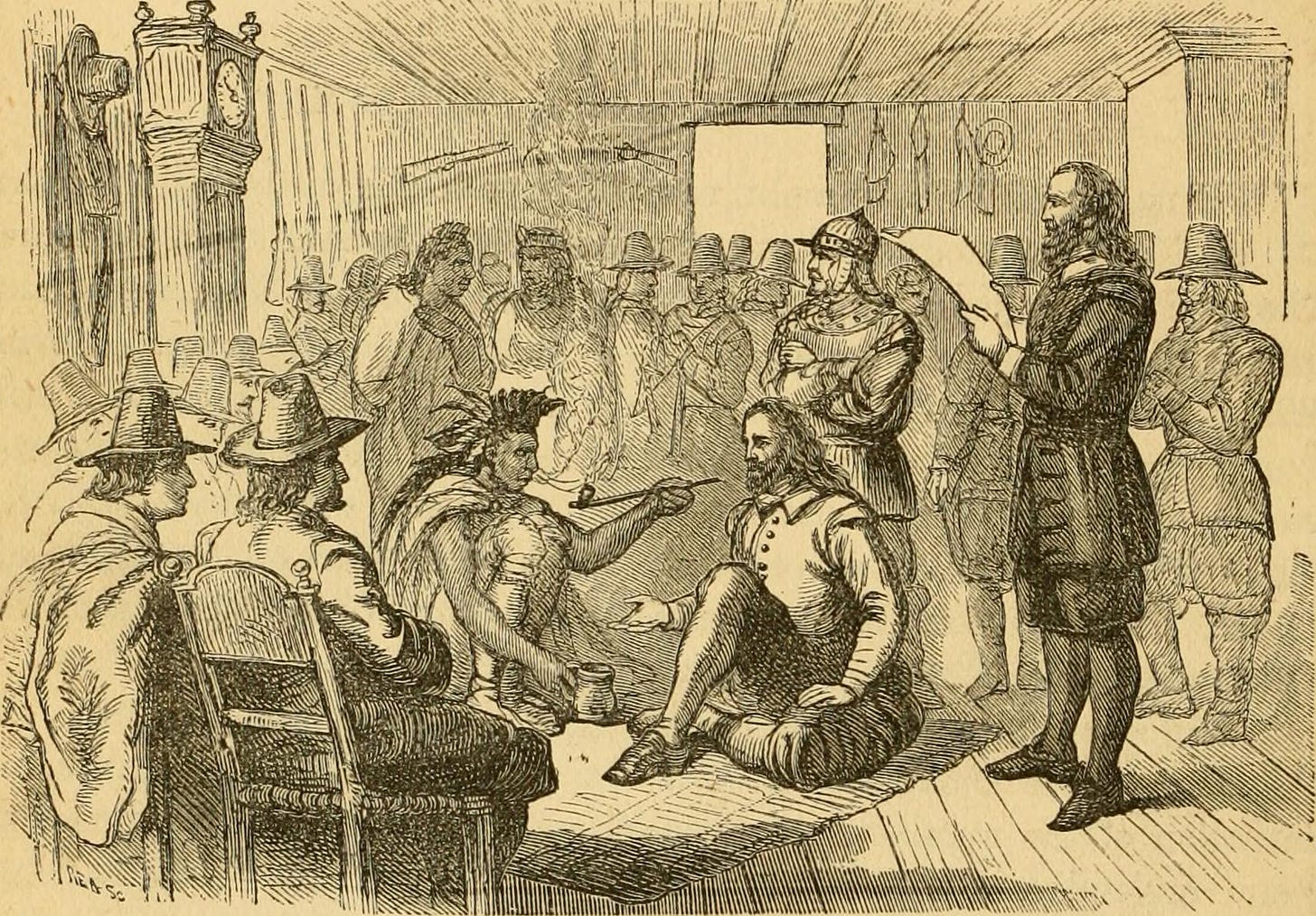
While these new forests were growing, so were the tensions between indigenous tribes and newcomers. Opposing tribes would sometimes ally with opposing settlers' groups. Continental politics dictated the rifts between the Europeans. Power dynamics between indigenous groups appeared fluid in light of their sudden population changes.
Wars began to break out with the attempted genocide of the Pequot Nation in the 1630s…
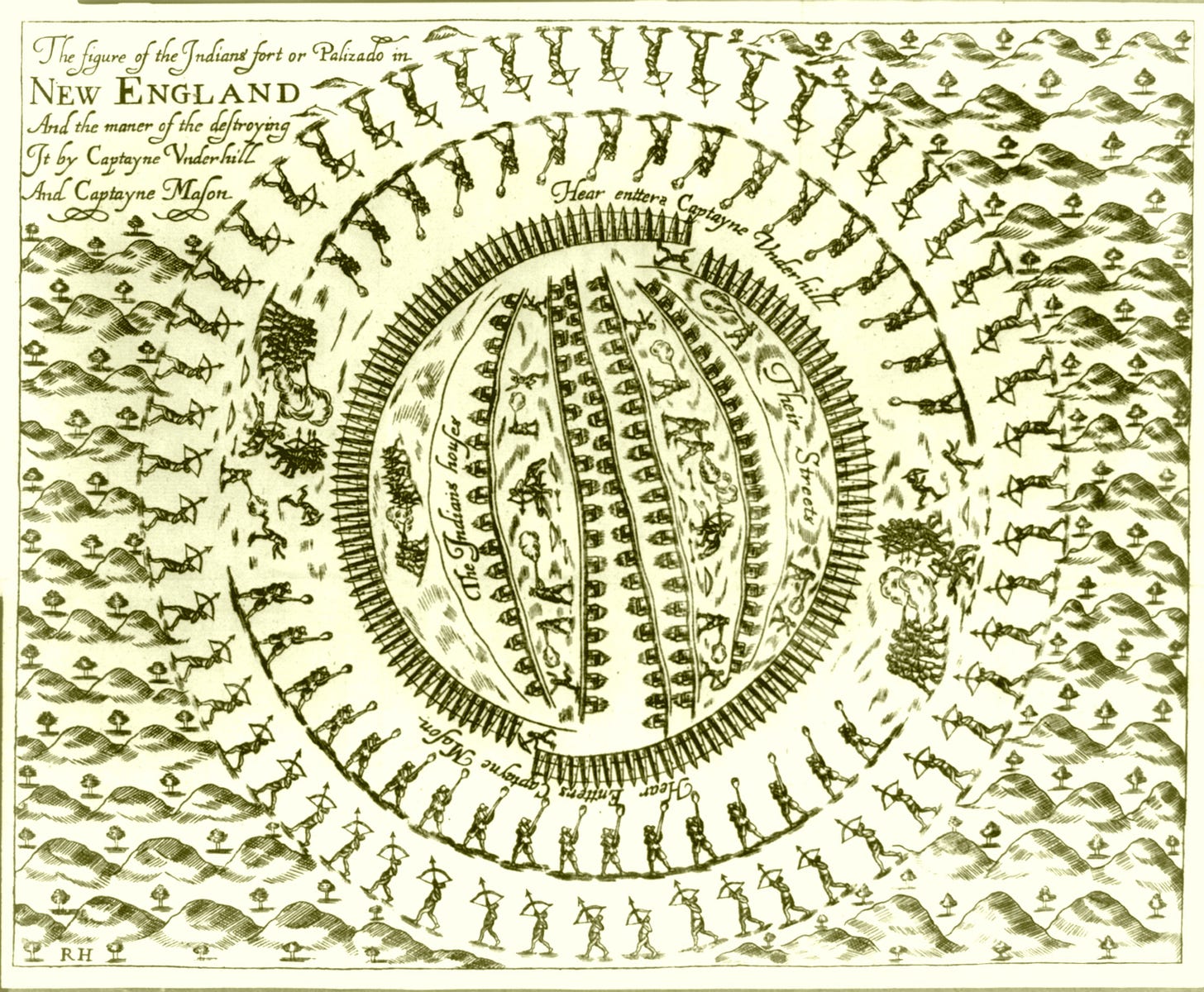
But… have you ever noticed that Yankee Lore skips right from the Pilgrims landing to the American Revolution?
Pilgrims land, and then… John Adams is in court because of the Boston Massacre!

150 years go by just like that!
It's like skipping from the American Revolution to the Great Depression at the end of the 1920s…

That's a lot of time.
A lot of history happened.
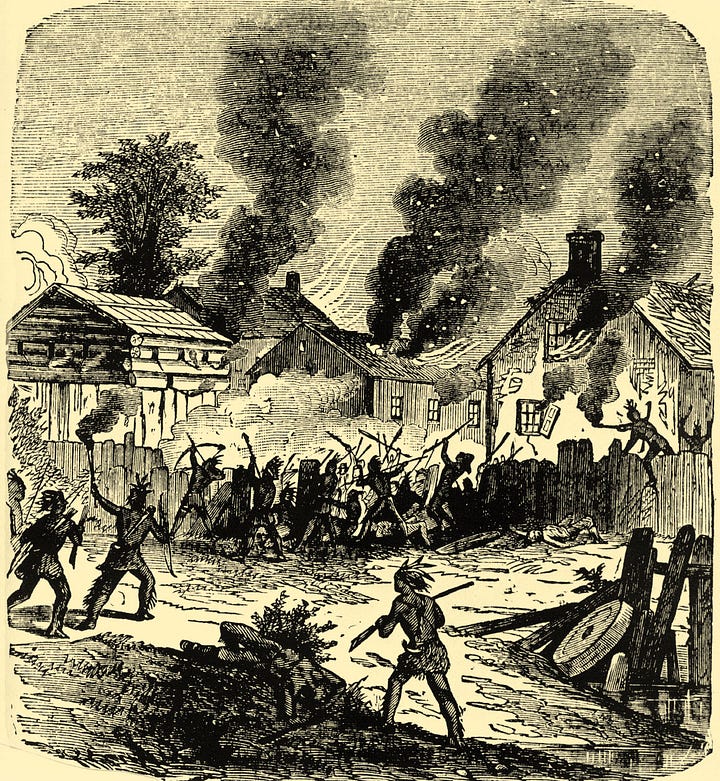
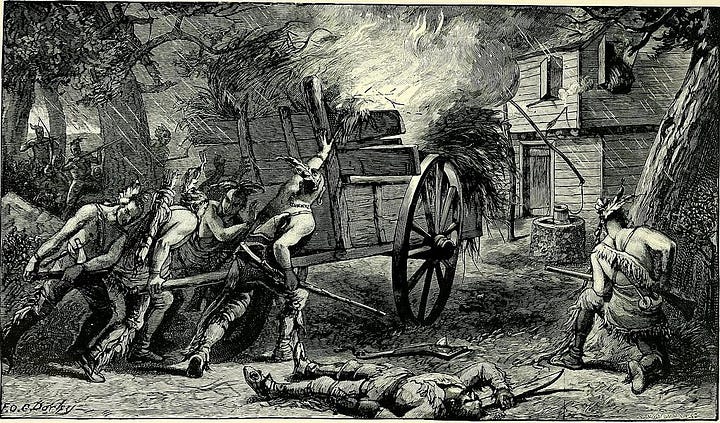
A lot of wars were fought between European settlers and indigenous people, some of which I've talked a bit about in videos, like this one on Redemption Rock and King Philip's War…
So much went on throughout those 150 years that I can't cover it all here. But it deserves your future attention. Because… this time jump allows Yankee Lore to pretend indigenous people just… went away.
Those who did go, didn't go willingly, and many stayed.
They are still here… despite Yankee Lore's timey-wimey “Magic Eraser”.
The 4,000-year-old legacy of Indigenous stone-building in New England should lead us to be wary of erasing potential indigenous contributions to the stonework found across our New England landscape, though Yankee Lore claims otherwise.
Exclusive to the Ancient Stone Mysteries Newsletter: Bonus Lightly Edited Field Footage of a Possible Indigenous Stone Row in Hudson, Massachusetts. About twenty seconds of this two minutes of footage was used in the finished presentation. Video by Mike Luoma.
We don't really have a lot of objective historical evidence as to who built the extensive stone walls and stonework of the northeast.
We do have a lot of people who “just know”… they were built by sheep farmers…
No, wait…. who “just know”… they were built by early settlers…
No, no, I'm sorry… who “just know”… they were built once all the wood was used up for fuel…
…You get the idea.
These don't agree with each other, but they all agree with Yankee Lore.
And all are employed by those who still insist that "Indians around here never built with stone."
That's some strong Yankee Lore.
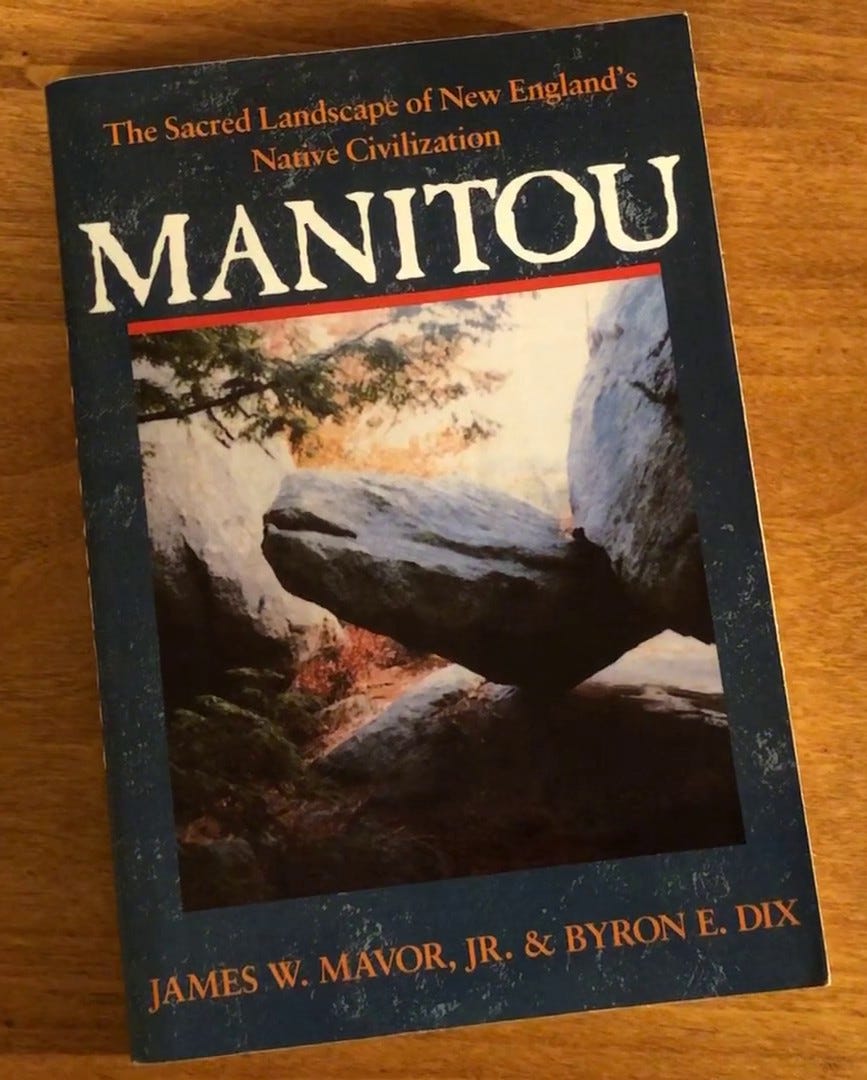
On the other hand, amateur researchers in New England have been looking into potential Indigenous stonework since the mid-1970s. James Mavor and Byron Dix released their findings in 1989 in Manitou: The Sacred Landscape of New England's Native Civilization.
Many have followed up on their insights.
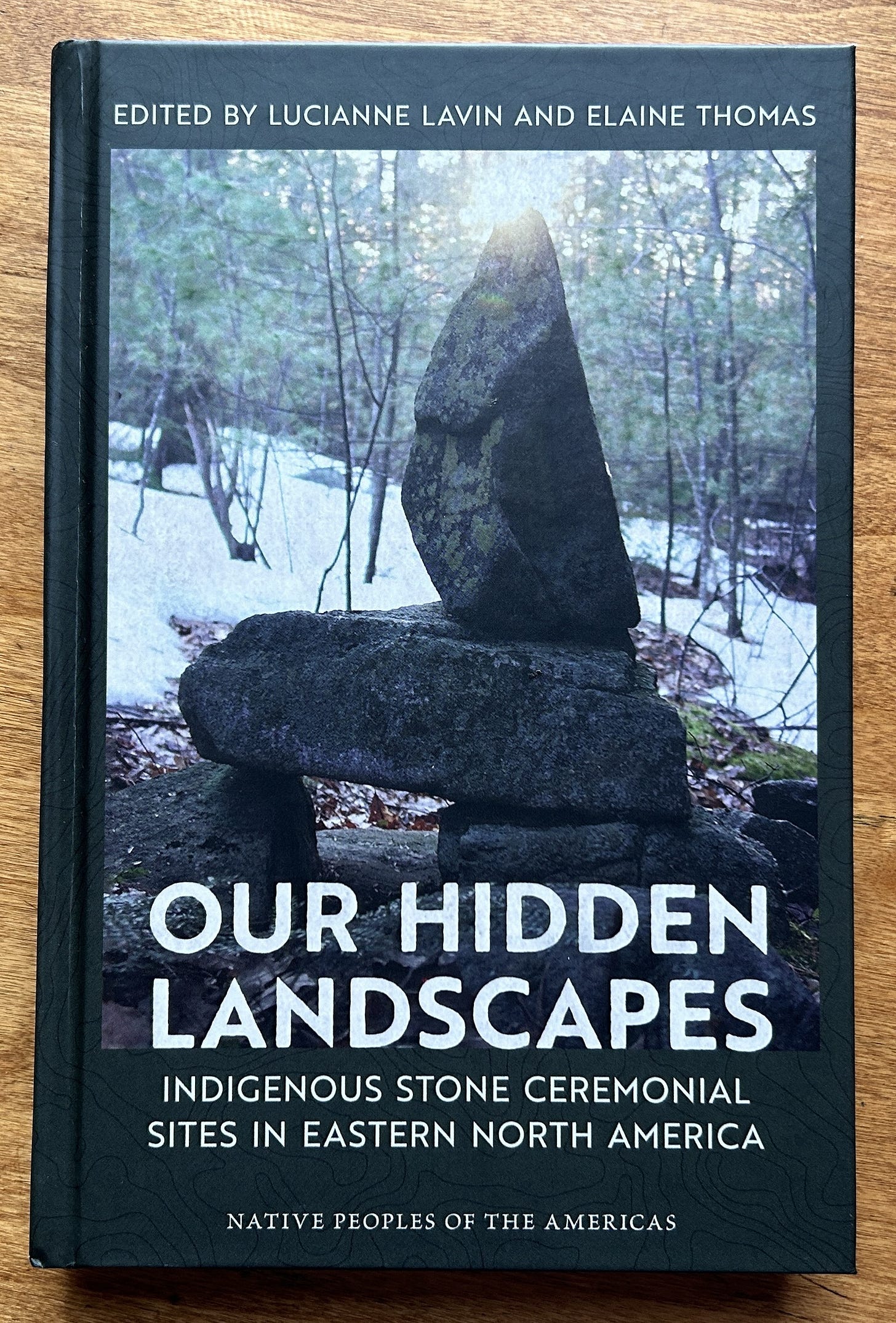
Recent scholarship includes Lucianne Lavin and Elaine Thomas' Our Hidden Landscapes: Indigenous Stone Ceremonial Sites in Eastern North America, gathering professional, indigenous, and avocational voices together on the subject.
This is a serious field of research, yet new enough that it still meets with some resistance.
Because Carbon-14 dating can't be used on non-organic material, researchers have turned to Optically Stimulated Luminescence Dating (OSL Dating), used around the world to date stonework with a method based on the minerals' exposure to sunlight.
Want to learn more? You can look in on a NEARA Research Trip to a site in Maine for OSL Testing in this video:
The initial results recently came back — more here:
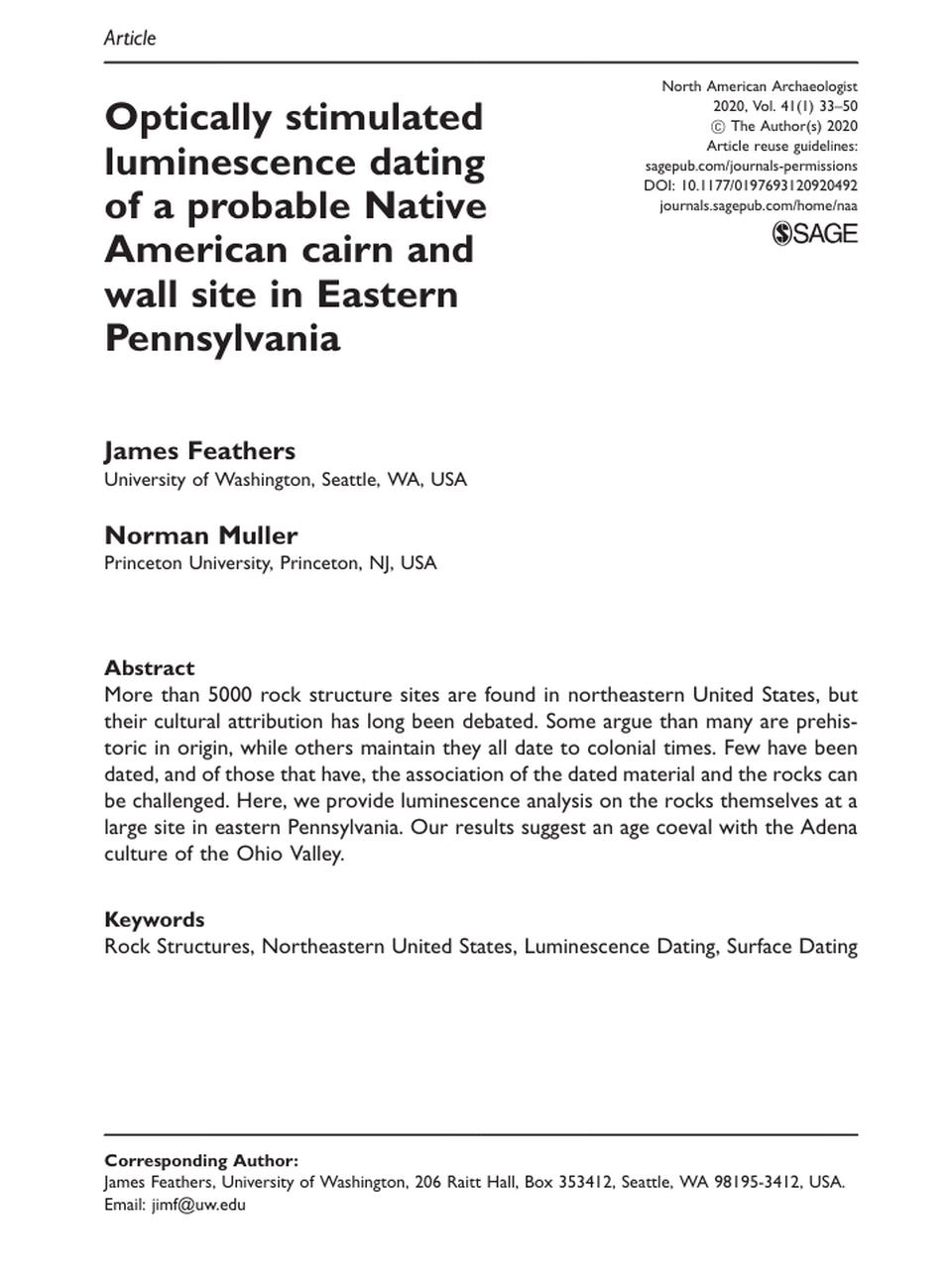
Early pre-Contact and pre-Settlement dates came back for some of the stonework tested in this area, but many official and academic archaeologists in New England don't accept these dates and openly question the efficacy of OSL testing in New England soil.
They don't like the dates, and won't embrace the technology.
Of course, no dating provided — by C-14 or OSL — has been accepted as of yet.
The assumption that all the stonework is colonial or later dominates New England's archaeological community, as it's tended to since the late 1970s when they circled their proverbial wagons to oppose those like Barry Fell, who suggested pre-Columbian Europeans were exploring and building stonework here.
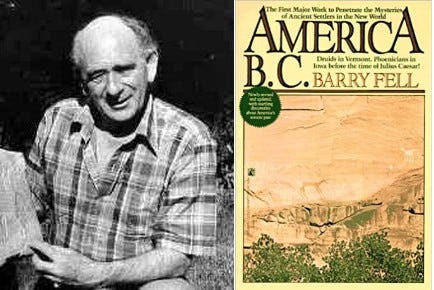
Now, with the suggestions some of this could be indigenous stonework, they “just know” that "Indians around here didn't build with stone."
It's disappointing when scientists fall back on Yankee Lore.
Gives it a scientistic shine.
But it's not science, it's scientism – which even rejects resolutions passed by the United South and Eastern Tribes (USET), a coalition of Federally recognized Indigenous tribes identifying Indigenous Ceremonial Stone Landscapes in the northeast and asking for help in protecting them.
Former President of the Massachusetts Archaeological Society and former Editor of its Bulletin, Dr. Curtiss Hoffman, faulted colleagues for this scientism in his notable 2018 study, Stone Prayers: Native American Stone Constructions of the Eastern Seaboard.
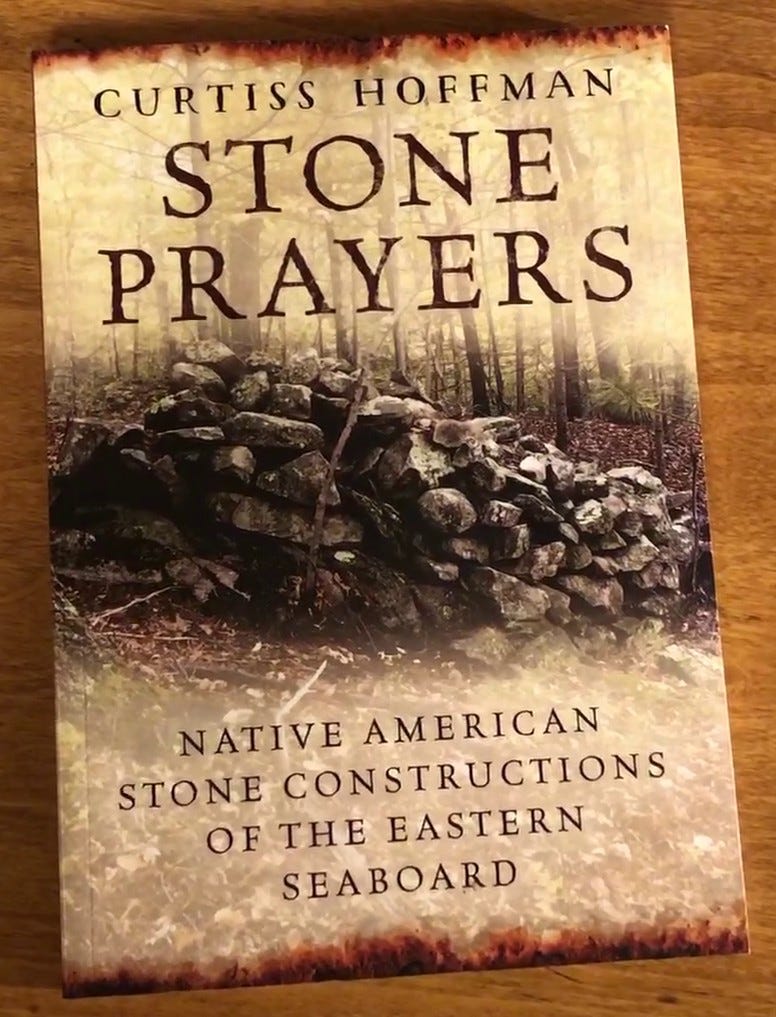
As an independent researcher and journalist investigating possible Indigenous Ceremonial Stone Landscapes, I've found myself unlearning a lot of Yankee Lore.
Sharing my fascination with our ancient stone mysteries and the potential we could be seeing Stone Prayers and Effigies leads me to stonework sites around New England, where I often see what appears to be ancient Indigenous stonework, as I detail in my book, videos, presentations and this Newsletter.
Exclusive to the Ancient Stone Mysteries Newsletter: Bonus Raw Field Footage of Possible Blended Stonework with an Underlying Indigenous Stone Row in Williston, Vermont. Just over thirty seconds of this fifty-seven seconds of footage was used in the finished presentation. Video by Mike Luoma.
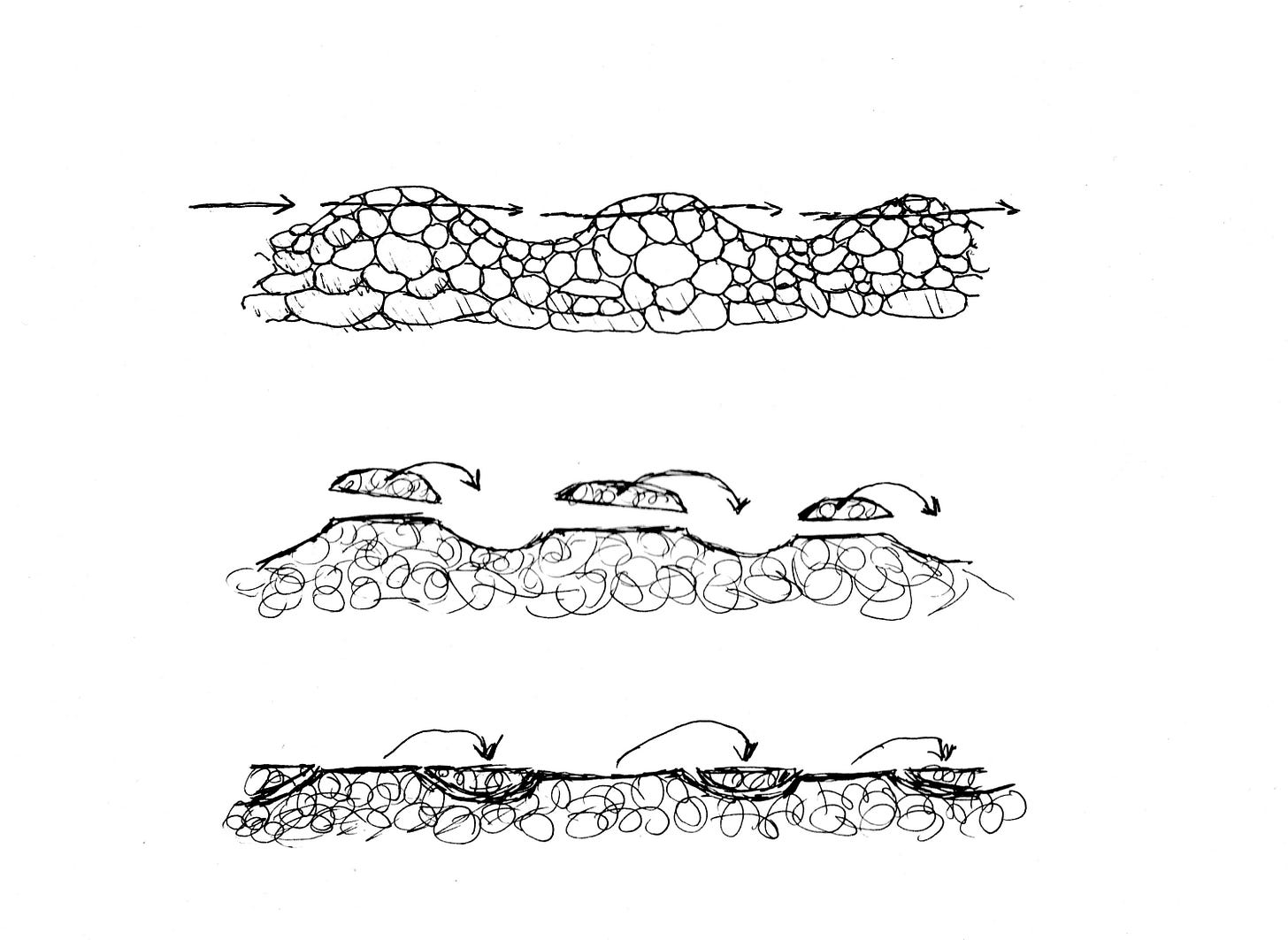
We are likely now looking at a blended landscape, where at least 4,000 possible years of indigenous stonework lies beneath 400 years of European stonework, some of which adapted and used the work which came before it.
This blended landscape comes into sharper focus once we learn to see through — and past — the veils of Yankee Lore.
Exclusive to the Ancient Stone Mysteries Newsletter: Bonus Field Footage of a Possible Indigenous Stone Row in Bolton, Massachusetts. Much of this two-plus minutes of footage was used in the finished presentation, behind the Closing Credits. This slightly longer, mostly unedited segment is offered for those who might like to see the stone feature without the text in the way. Video by Mike Luoma.






